King Charles III: the new monarch's royal homes and private properties
The extraordinary homes of King Charles III
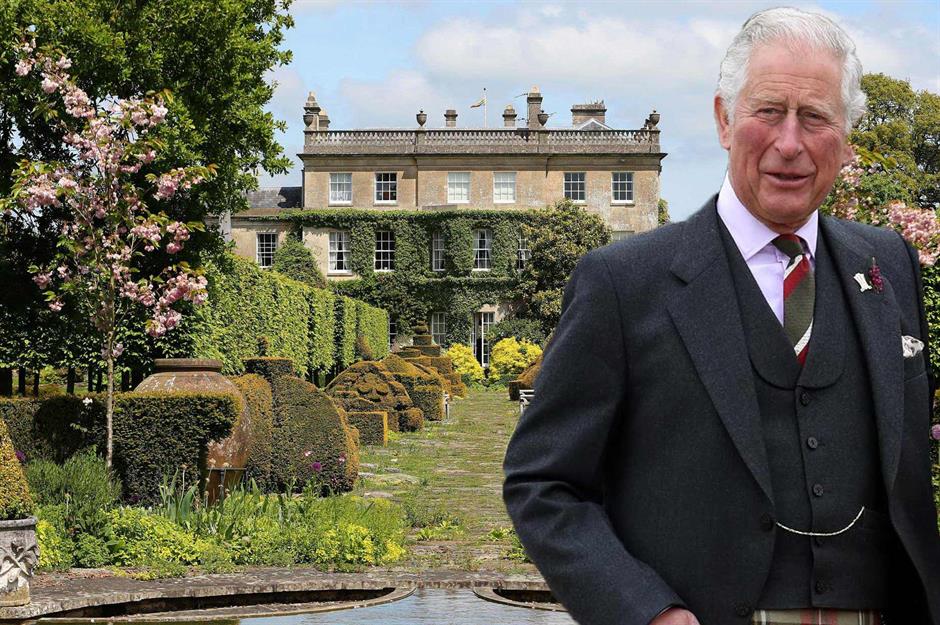
King Charles III ascended the throne after the death of his mother, the late Queen Elizabeth II, on 8 September 2022.
The eldest child of the UK’s longest-reigning monarch and the late Prince Philip, the Duke of Edinburgh, Charles became the sole beneficiary of the late Queen’s vast personal fortune, estimated at around £370 million ($497m) as of 2011, according to The Sunday Times.
He also inherited rights to castles and estates, including Buckingham Palace and more unusual properties. Click or scroll on for a closer look...
What did the King inherit?
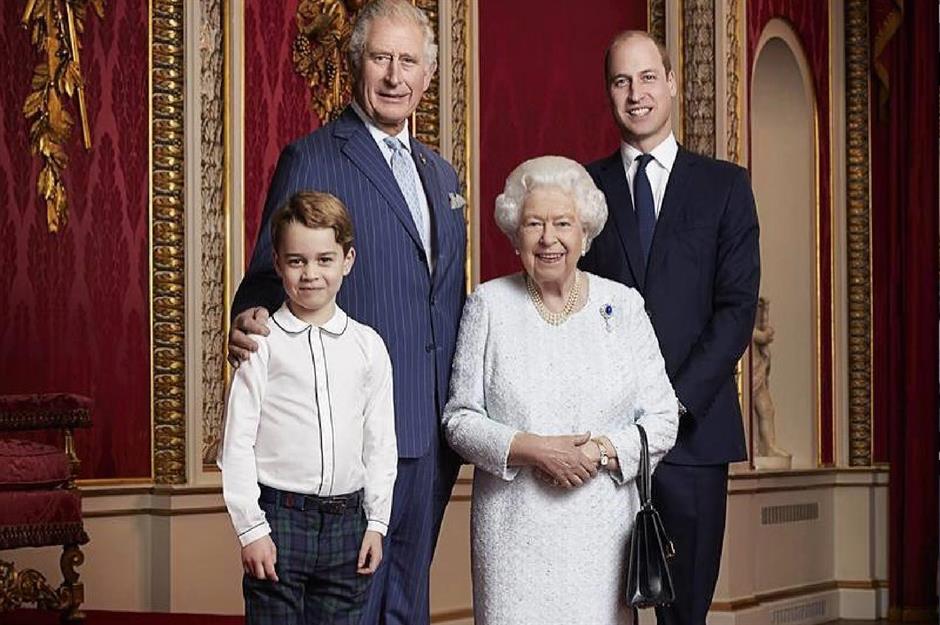
As well as inheriting the Queen's personal fortune, the King receives the annual Sovereign Grant which rose to £132 million ($179m) for 2025-2026, and supports the official duties of the royal family. Funding for the Sovereign Grant comes from a percentage of the profits of the Crown Estate revenue.
He also inherited the private estate known as the Duchy of Lancaster, estimated to be worth £650 million ($877m), which provides the King with an annual income of around £27 million ($36m) from commercial and agricultural properties, plus residential assets mainly based in the North of England.
Highest-paid monarch in history
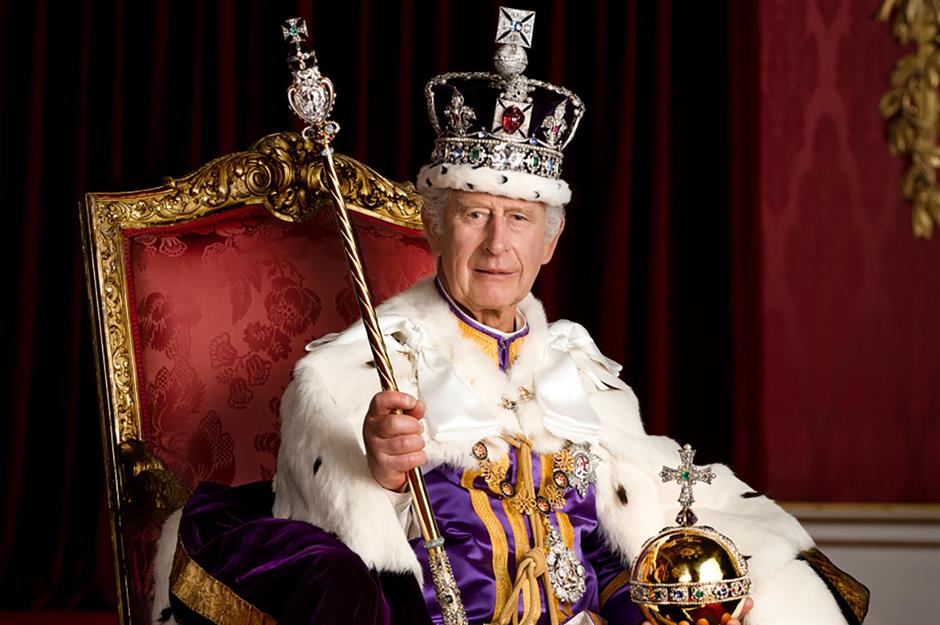
With an annual income of well over £150 million ($204m), making him the highest-paid monarch in history, King Charles decided to reject a £32.5 million ($44m) pay rise from his windfarm profits in 2023, requesting that the funds be used for the "wider public good."
The windfarm windfall was the result of a £1 billion ($1.3bn) renewable energy deal secured by the Crown Estate involving the sale of offshore windfarm licences, and his rejection of the increase in income reflects what has been reported as his desire for a "slimmed-down" monarchy.
Passing down properties
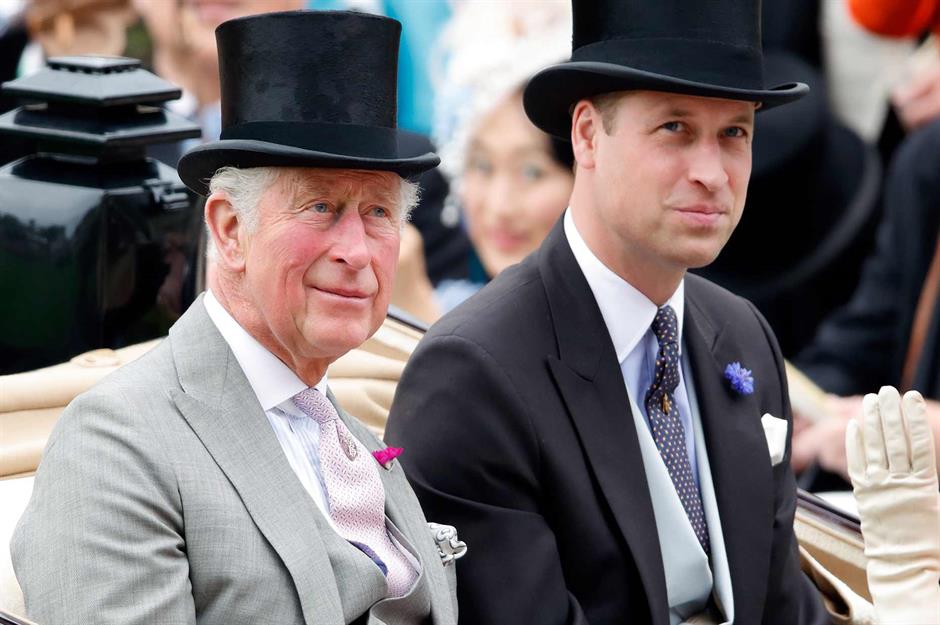
King Charles has access to all of the Crown Estate's palaces, including Buckingham Palace and Windsor Castle, plus the crown jewels, including St Edward's Crown, which was placed on his head during his coronation in May 2023.
As the Duke of Lancaster and holder of the ancient Duchy of Lancaster, he had to pass on his former title, Duke of Cornwall, to his son William, as well as the deeds to his beloved Highgrove House, which the King and Queen now rent.
He also inherited private estates, including Balmoral and Sandringham, which added to his already impressive property portfolio...
Where do King Charles and Queen Camilla live?
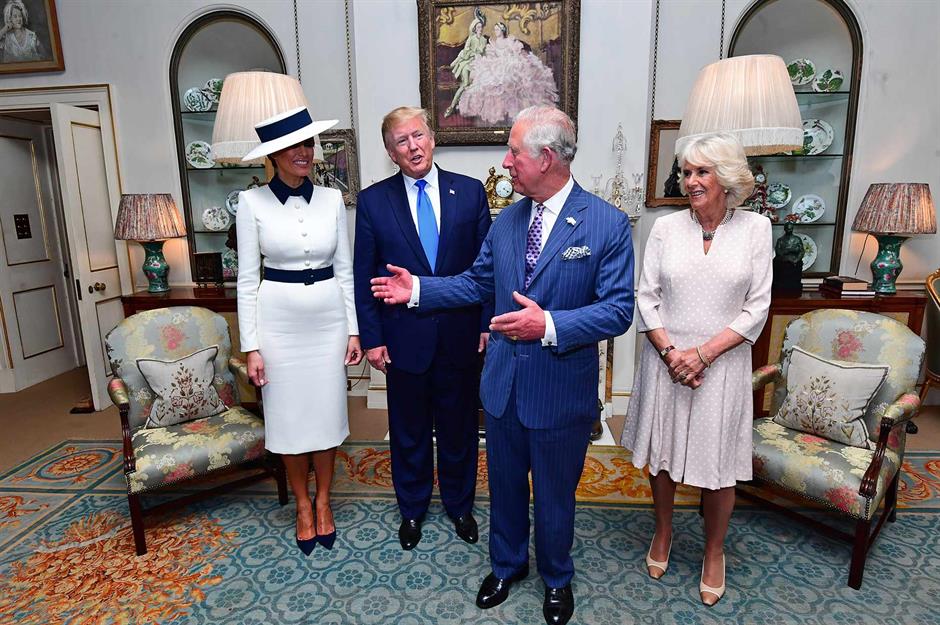
The King and Queen have lived at Clarence House, pictured here, since they married in 2005.
The John Nash-designed residence is part of the Crown Estate and has been host to royalty and VIPs from all over the world, including US President Donald Trump and his wife, Melania, in 2019.
Clarence House, London
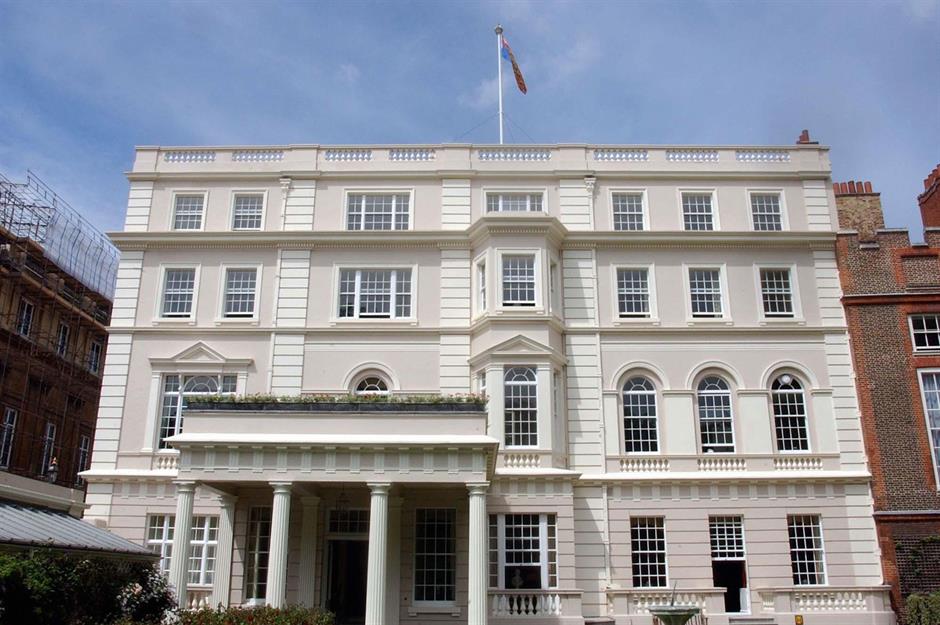
A short walk from Buckingham Palace, the official headquarters of the British monarchy, the King took ownership of the stunning property back in 2002, after the death of the Queen Mother.
Built for the Duke of Clarence in 1827, the then Prince Charles undertook a £4.4 million ($6m) renovation of the property in 2003, engaging his favourite interior designer, Robert Kime, and spending a further £1.6 million ($2.1m) of his own money on soft furnishings.
Clarence House, London
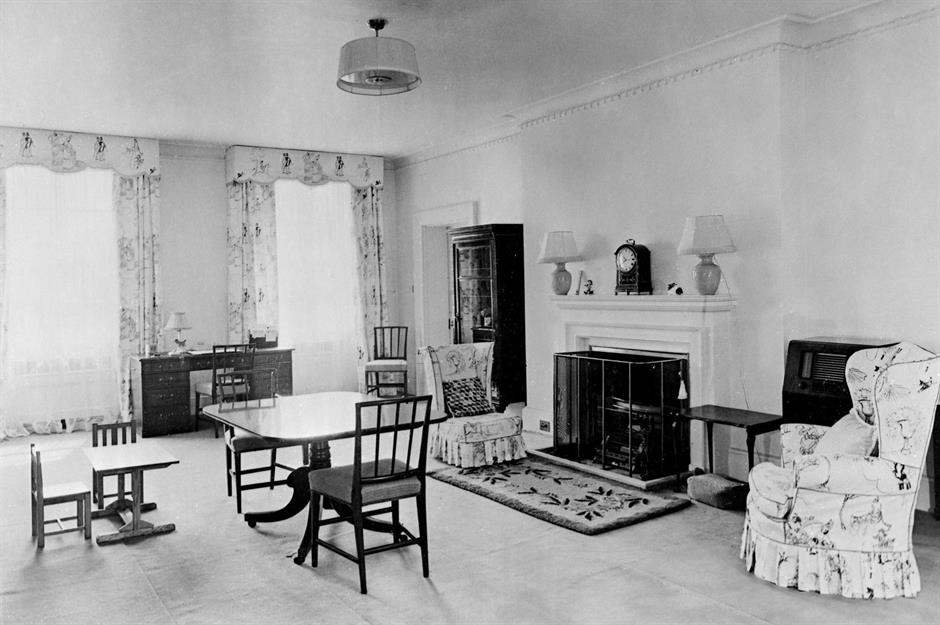
The house was home to several members of the royal family, including the late Queen and Prince Philip, who lived here in the early years of their marriage until the Queen ascended the throne in 1952.
Perhaps the King has distant memories of the Day Nursery, seen here in 1949, from when he was a baby.
It was also home to Prince William and Harry up until 2012.
Clarence House, London
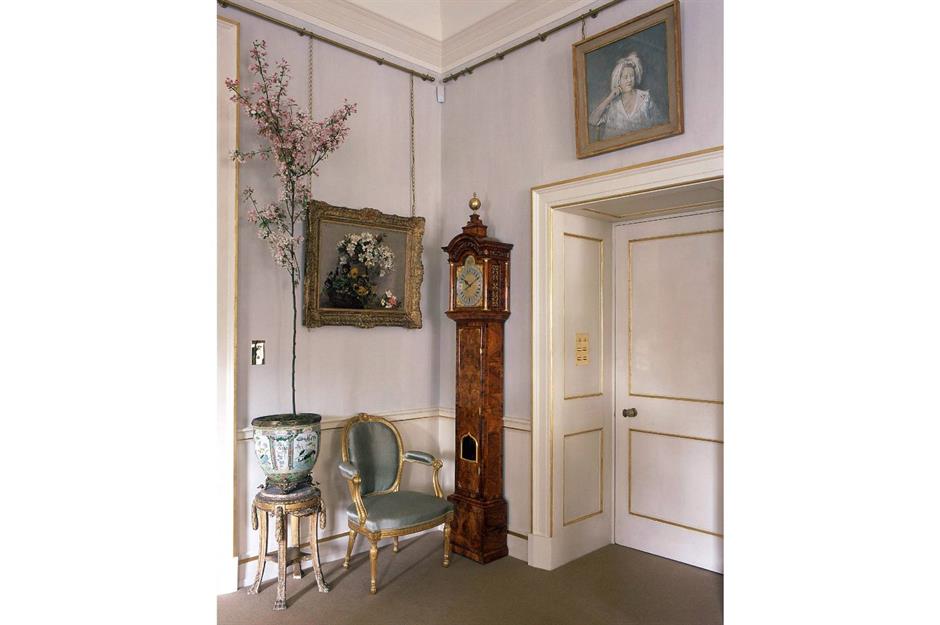
Clarence House has five bedrooms, a drawing room and a morning room, a corner of which can be seen here.
The morning room was originally designed as a breakfast room and was used as Prince Philip’s study between 1949 and 1952.
Over the door is a sketch of the Queen Mother by Graham Sutherland. To the side is a 17th-century Longcase Equation Clock from the Royal Collection.
Clarence House, London
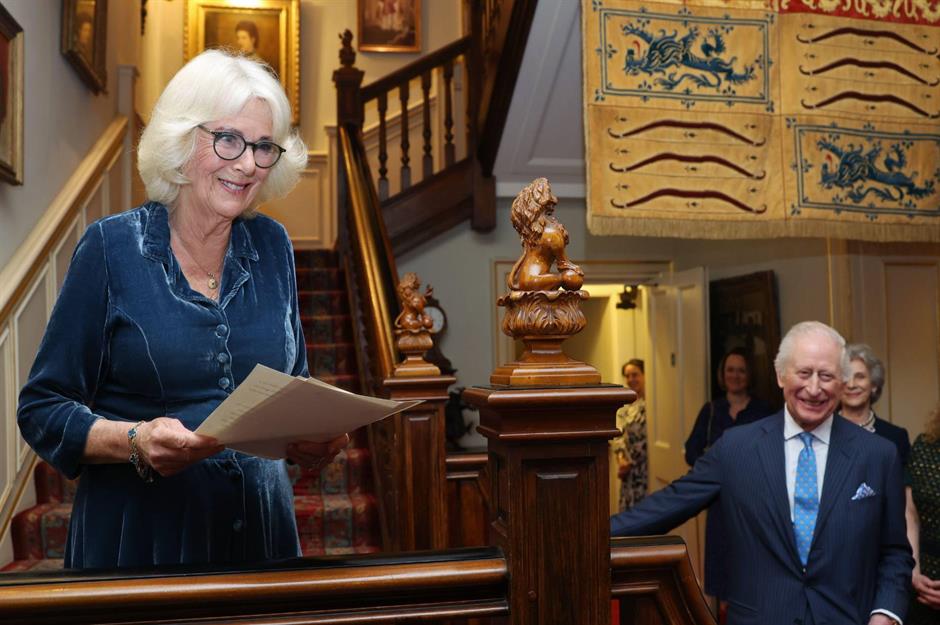
The King and Queen often host important events at the house. At the far end of the long entrance hall, adorned with artworks, the King looks on as his wife, Queen Camilla, speaks from the beautifully carved staircase in March 2025.
On the right is the Queen Mother’s Garter Banner. Garter Banners belong to Knights and Ladies of the Order of the Garter, the oldest and most senior Order of Chivalry in Britain.
Alongside, though not in shot, is a cabinet displaying the King of Hanover dinner service of Worcester porcelain.
Buckingham Palace, London
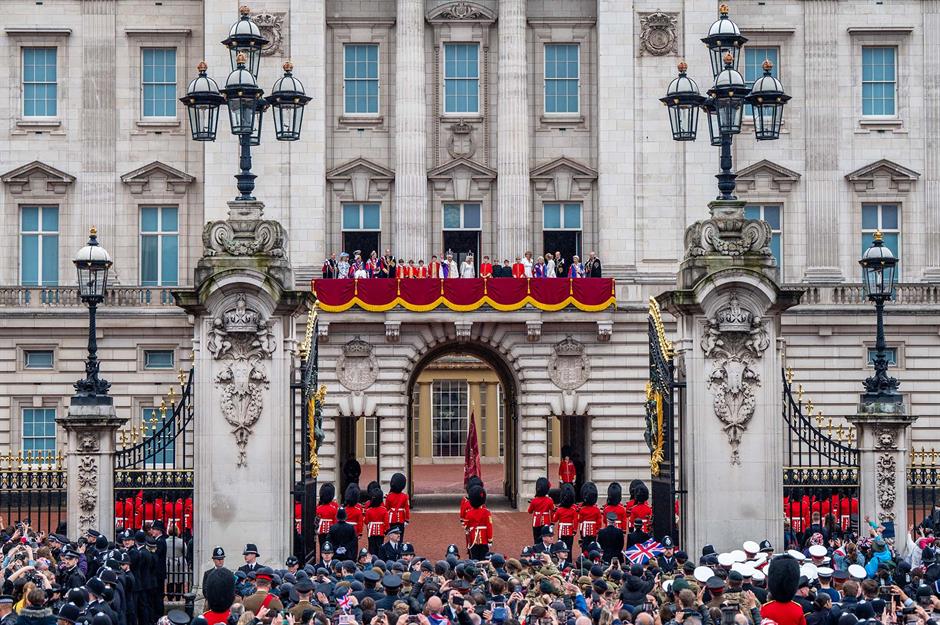
Under normal circumstances, had it not been undergoing major works, the King would have been expected to take up residence at Buckingham Palace, which has been the London home of the monarch for generations.
The palace is part of the Crown Estate, a vast portfolio of land and property worth £15.5 billion ($21bn), which the King inherited on his mother's death and which belongs to the monarch for the duration of their reign.
Buckingham Palace, London

The palace has been undergoing extensive renovations since 2017, which are expected to be completed by 2027 at an estimated cost of £369 million ($498m), although, due to the King's ongoing illness with cancer, it is thought unlikely that the King and Queen will ever move in.
The headquarters for the British monarchy, the King was born at Buckingham Palace, and christened in the Music Room with water from the River Jordan.
Buckingham Palace, London
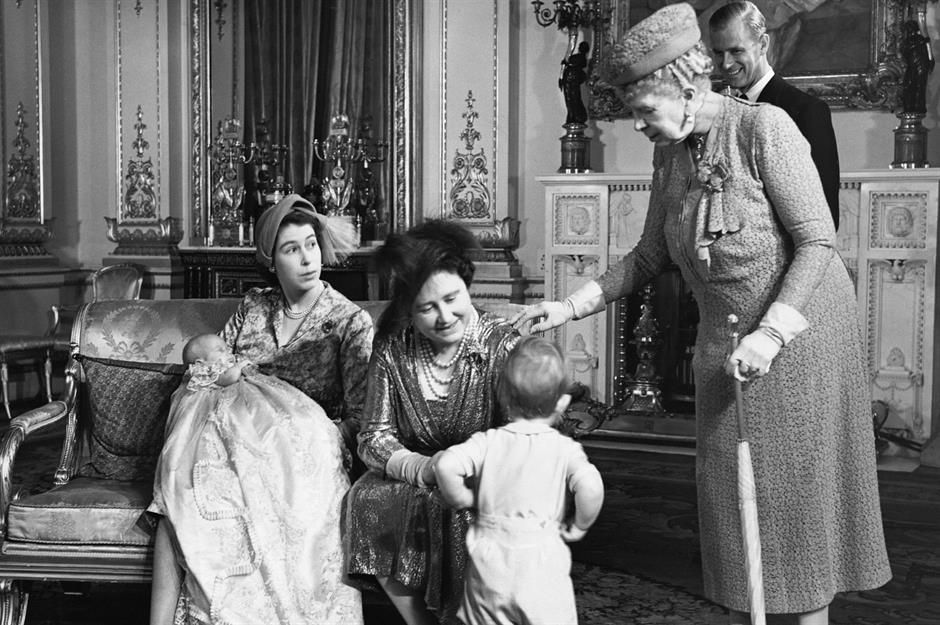
Born in 1948 in the Buhl Room at Buckingham Palace, the prince is seen here at the christening of his sister Princess Anne, which took place in the Music Room there.
The oldest of the late Queen Elizabeth II's children, King Charles spent his early childhood living between Buckingham Palace and Windsor Castle, departing the royal residences for Cheam Prep School in 1958.
Buckingham Palace, London
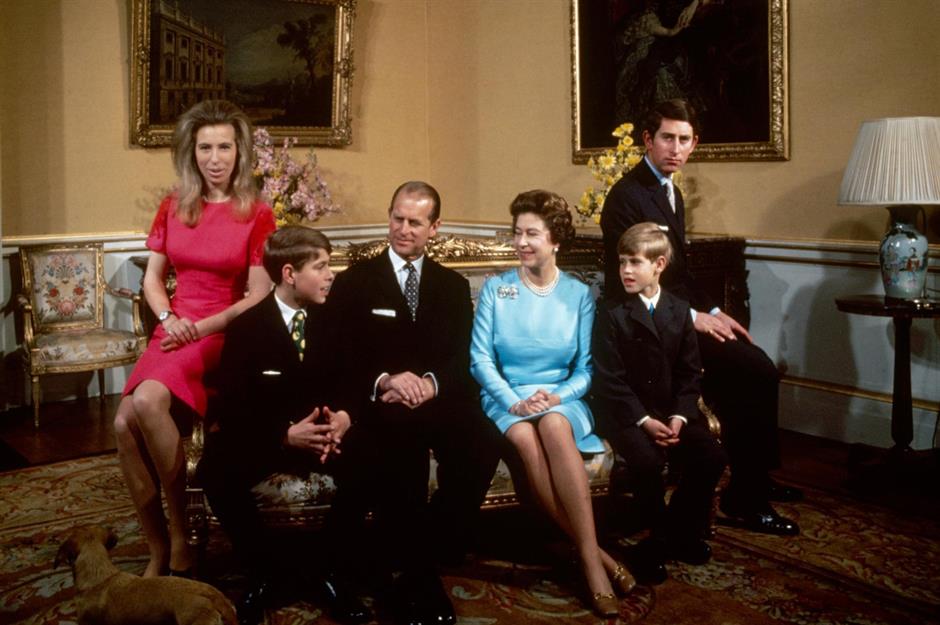
The family occupied 25 rooms on the palace’s northwestern flank, including the Monarch’s Suite and the Consort’s Suite, but most of them have never been photographed.
Although Buckingham Palace was not the late Queen’s favourite residence, she chose the Belgian Suite on the ground floor as a backdrop for an official photo to mark her and Prince Philip’s 25th wedding anniversary in 1972.
The suite was used by the royal couple in the early days of their marriage, and Prince Andrew and Prince Edward were born there.
Buckingham Palace, London
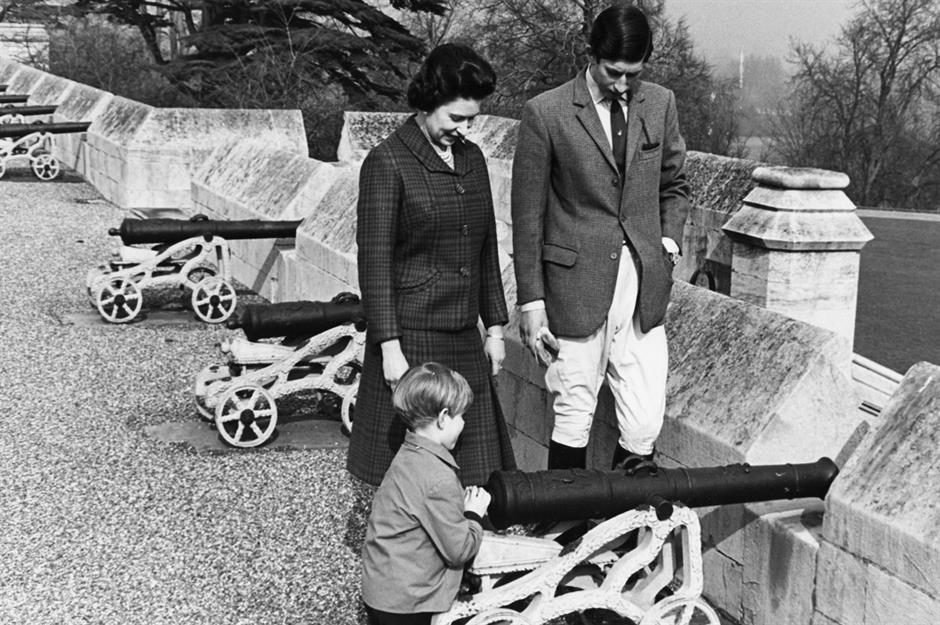
King Charles spent much of his childhood and youth boarding first at Cheam and then at Gordonstoun, and cherished his holidays back home with his family.
He spent the early part of his twenties studying at Trinity College, part of the University of Cambridge, eventually earning a master's degree in history by 1975.
He also served in the armed forces between 1971 and 1977. He would spend his leave living in rooms at Buckingham Palace and Windsor.
Kensington Palace, London
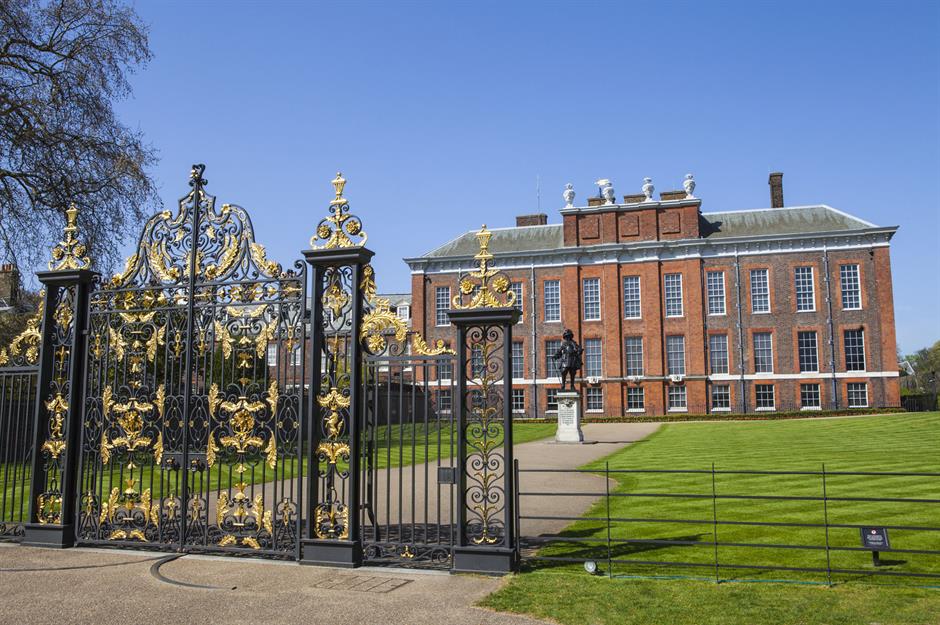
A sort of upmarket housing estate for royals, the palace dates from 1605 and was snapped up in 1689 for £20,000 ($27k) by King William III and Queen Mary II, who appointed Sir Christopher Wren to expand it.
The palace served as the principal residence of Queen Anne, the subject of the Oscar-winning film The Favourite, but the property fell out of favour after her reign and was divided into apartments.
Kensington Palace, London
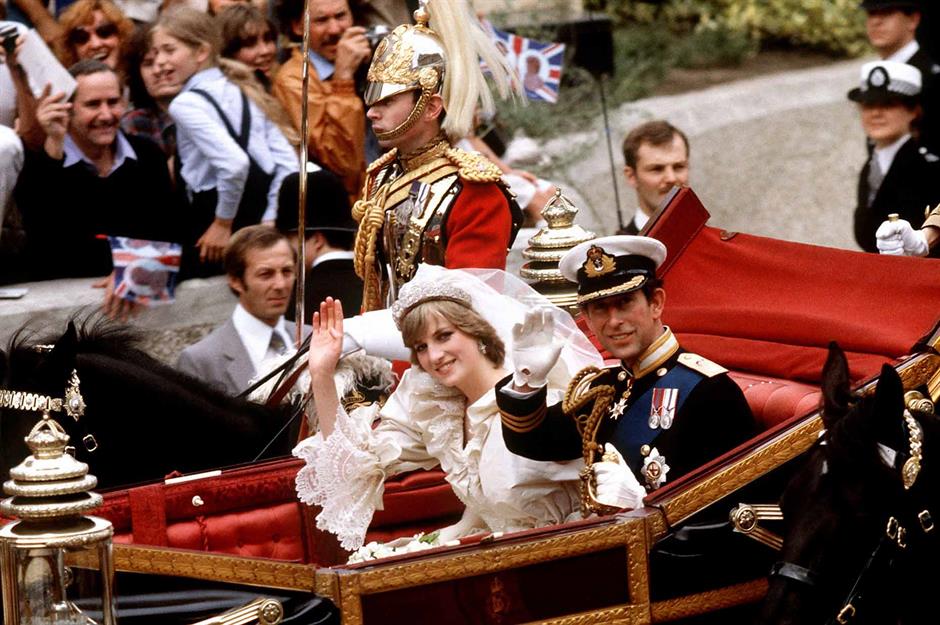
At the age of 32, following his fairytale wedding to Lady Diana Spencer in 1981, the former Prince and his new wife moved into London's Kensington Palace.
Apartments 8 and 9, which were built by King George I for his mistress the Duchess of Kendal, were combined to create a new large home for the newlyweds.
Kensington Palace, London
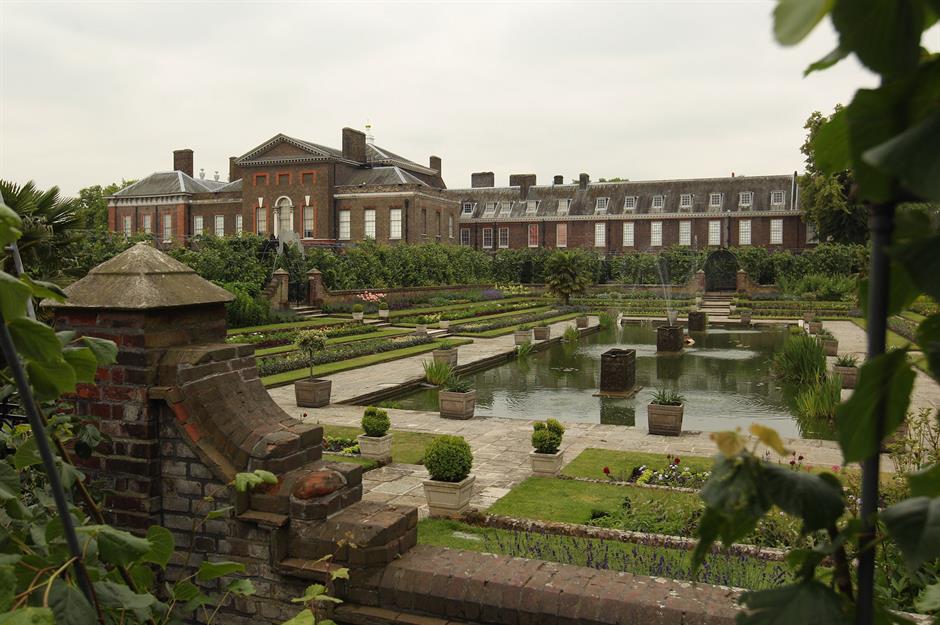
The estate is made up of the main mansion and a series of smaller properties scattered through the estate like Nottingham Cottage, where Prince Harry and Meghan Markle lived before their marriage.
The palace itself is divided into different apartments that traditionally serve as homes for non-ruling members of the immediate royal family, such as the Prince and Princess Michael of Kent in apartment 10.
Kensington Palace, London
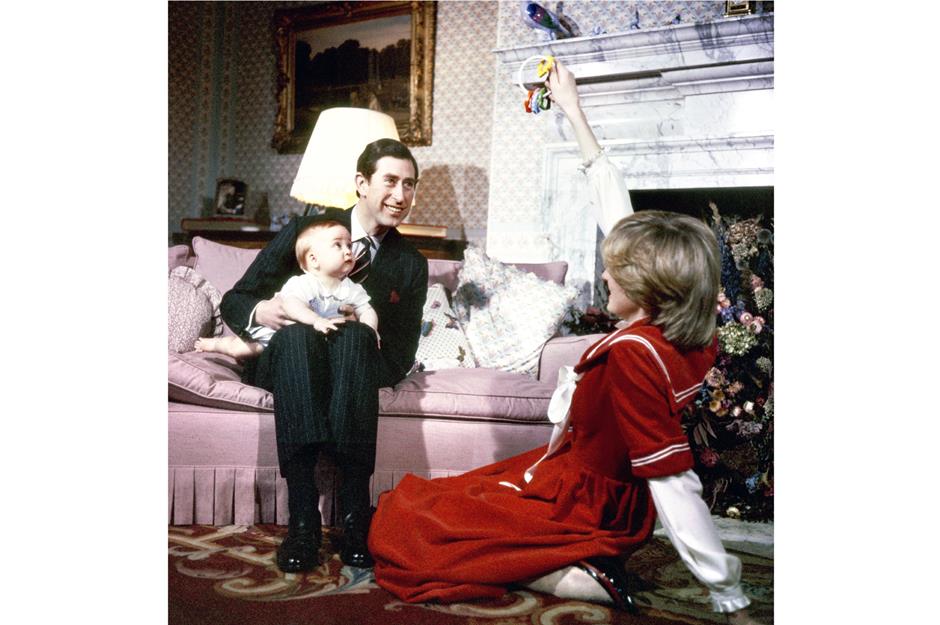
King Charles and Diana, Princess of Wales, welcomed their first child, Prince William, on 21 June 1982.
The trio are shown here in their sitting room, which was decorated in the dusky pink and duck-egg blue hues Diana was so fond of.
Kensington Palace, London
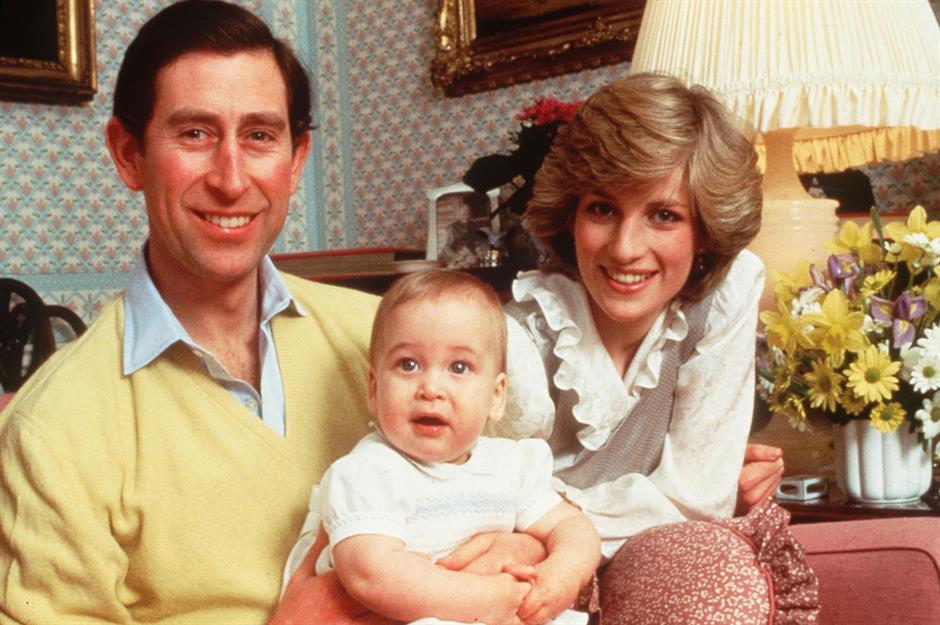
This image of the young family posing for a picture in their apartments in Kensington Palace was captured in 1983.
A year later, Prince Harry was born, but the couple's marriage was already floundering. According to a Channel 4 documentary, Diana In Her Own Words, Charles was already involved with Camilla Parker-Bowles – now Queen Camilla – as early as 1982.
Charles and Diana eventually separated in 1992, and the prince moved to St James's Palace.
York House, St James's Palace, London
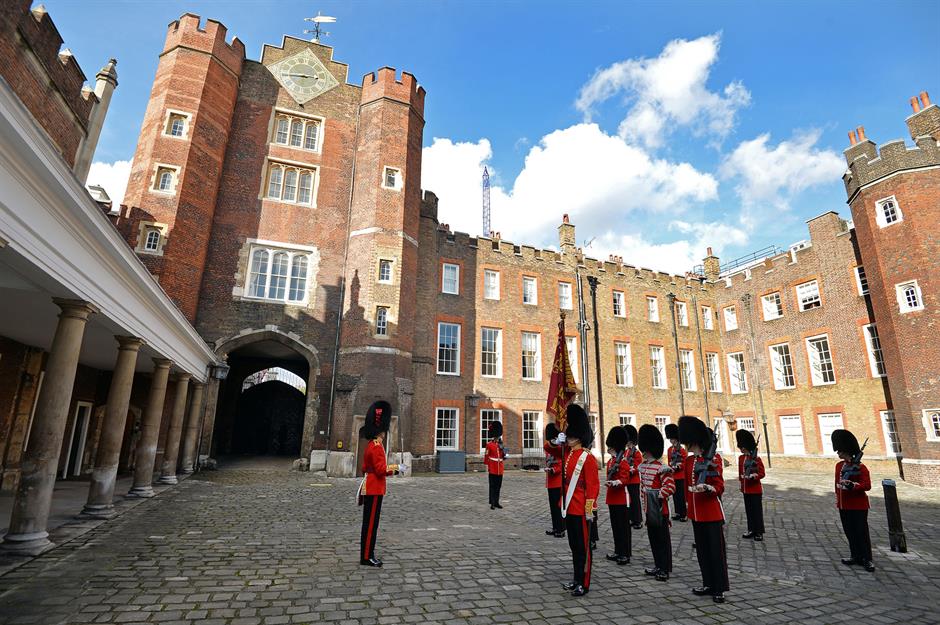
Then still known as Prince Charles, he moved into a new London base following his separation from Princess Diana.
York House is a historic wing of St James's Palace. It was built in 1736 for a previous Prince of Wales, Frederick Lewis, and was the home of the Duke of Cumberland, who later became King of Hanover, for several decades during the late 18th and early 19th centuries.
York House, St James's Palace, London
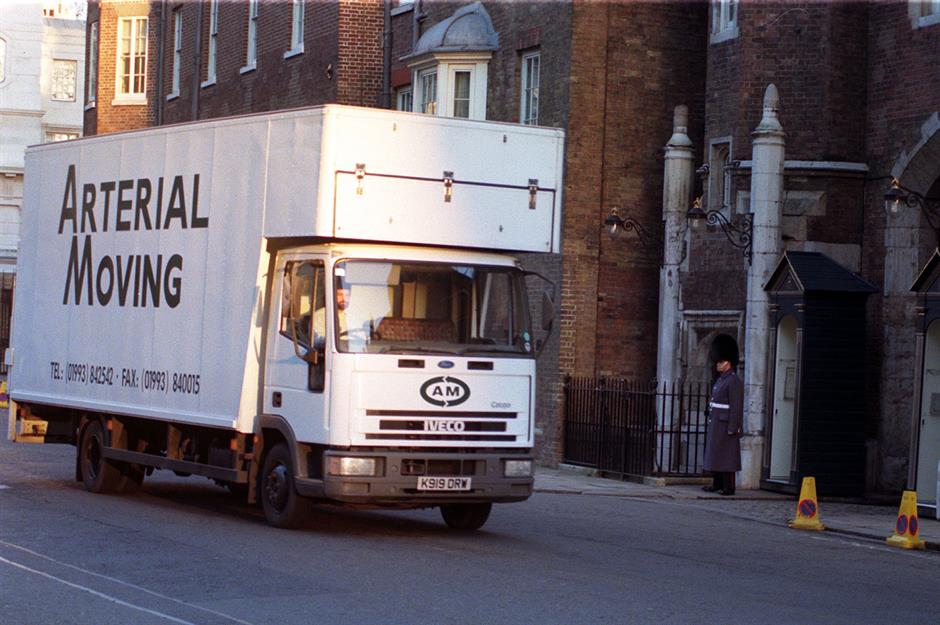
After Princess Diana's tragic death in 1997, Charles remained at St James's Palace with his sons, William and Harry.
Her apartment at Kensington Palace was stripped bare, and some of the contents were moved to York House.
York House, St James's Palace, London
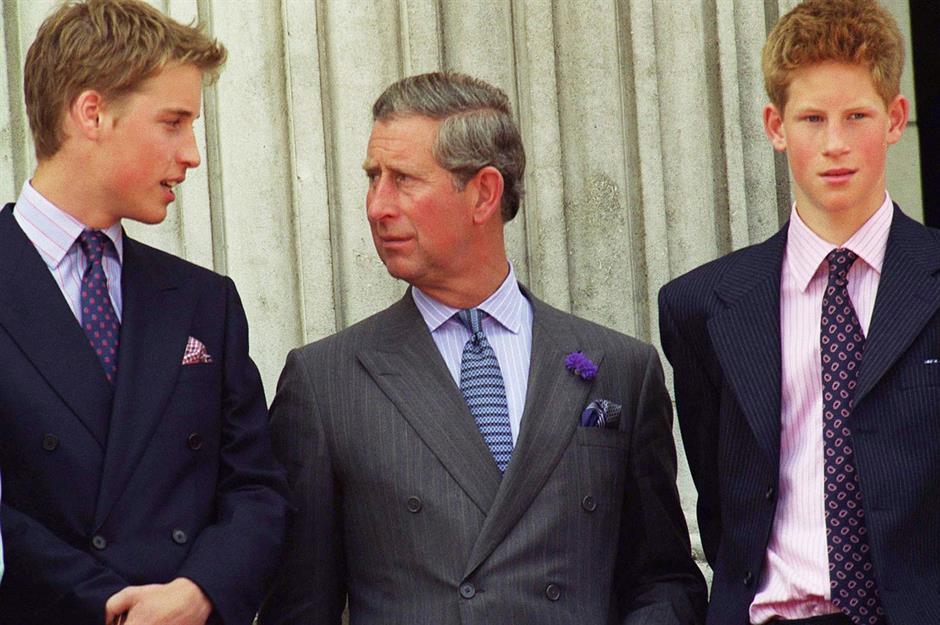
King Charles resided at York House with Princes William and Harry until 2002. The property is said to comprise a number of low-pitched rooms on the ground floor, several small drawing rooms on the first floor, and servants' quarters on the top floor that have exceedingly low ceilings.
A legend states that there are myriad tunnels running beneath St James's Palace that lead to various gentlemen's clubs in the area, winemaker Berry Bros. & Rudd, as well as Buckingham Palace.
We wonder if Charles ever found them...
York House, St James's Palace, London
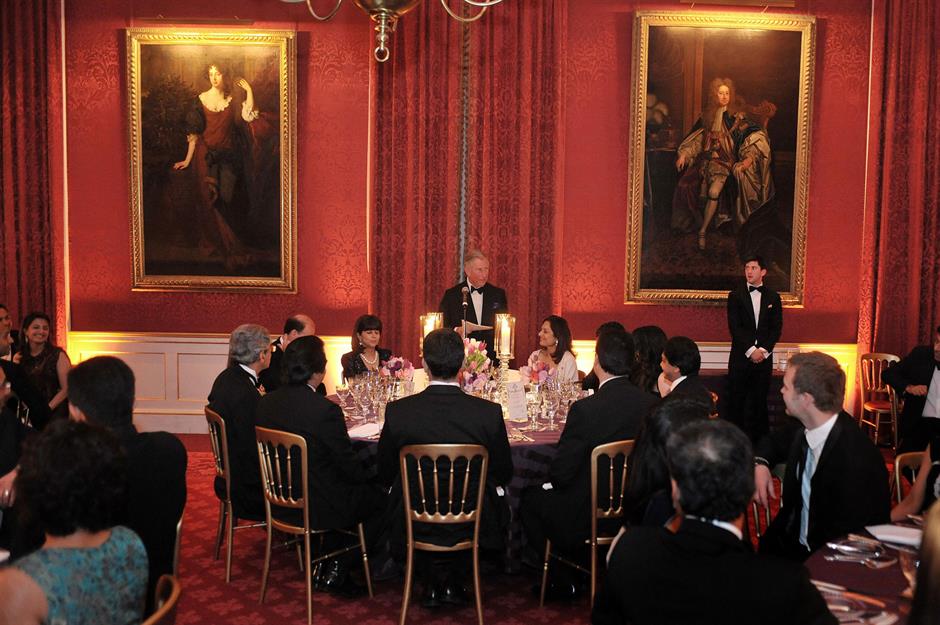
Since 2002, the wing has been used as offices for King Charles' household and the King hosts events in the state apartments of St James's Palace. He is pictured here at York House in 2010 at a dinner for the Asian Trust.
Highgrove House, Gloucestershire
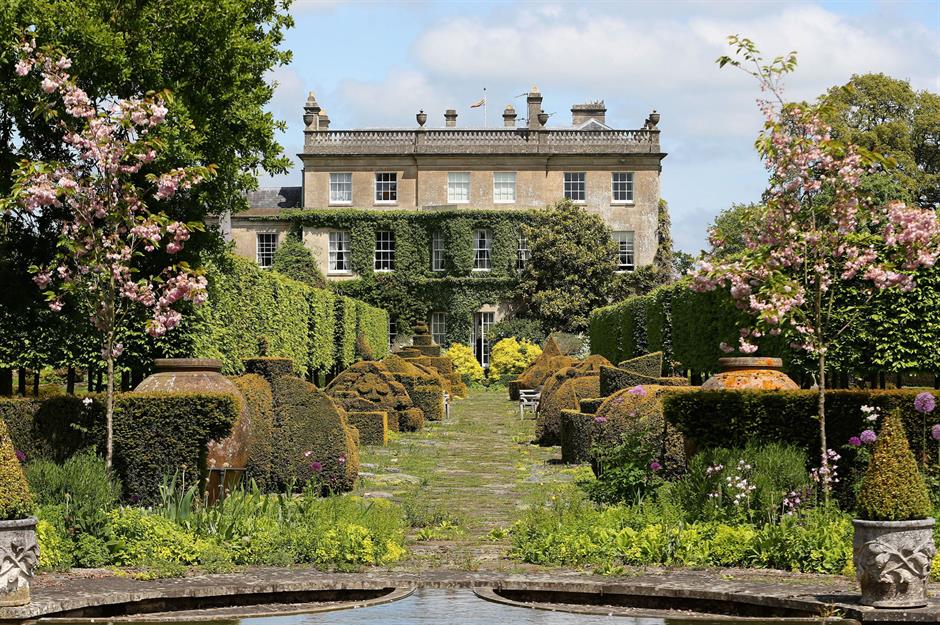
During his early thirties, King Charles added this Gloucestershire country pile to the Duchy of Cornwall estate, purchasing it for around £865,000 ($1.2m) from Maurice Macmillan, the son of former UK Prime Minister, Harold Macmillan, in 1980, a year before he married Princess Diana.
The princess was reportedly not wasn't a fan of the nine-bedroom property, which she considered too small and not private enough, but it became a cherished retreat for the King over the years.
Highgrove House, Gloucestershire
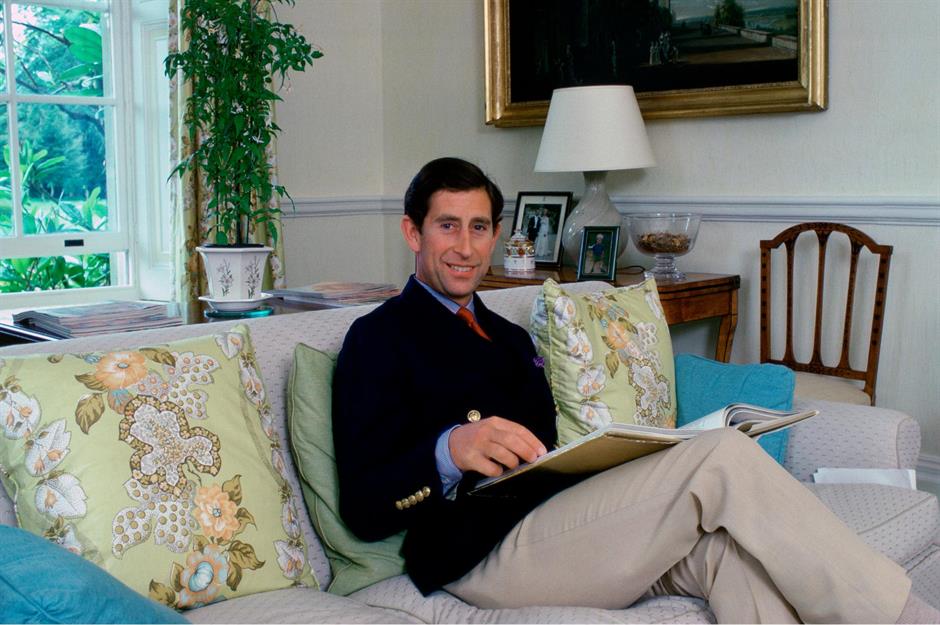
In 1980, the year before his marriage to Lady Diana Spencer, King Charles bought Highgrove House, but was still spending much of his time on the road performing his royal duties.
At 31, he was ready to have his own base, and the Gloucestershire house is equidistant between London and Cornwall.
Highgrove House, Gloucestershire
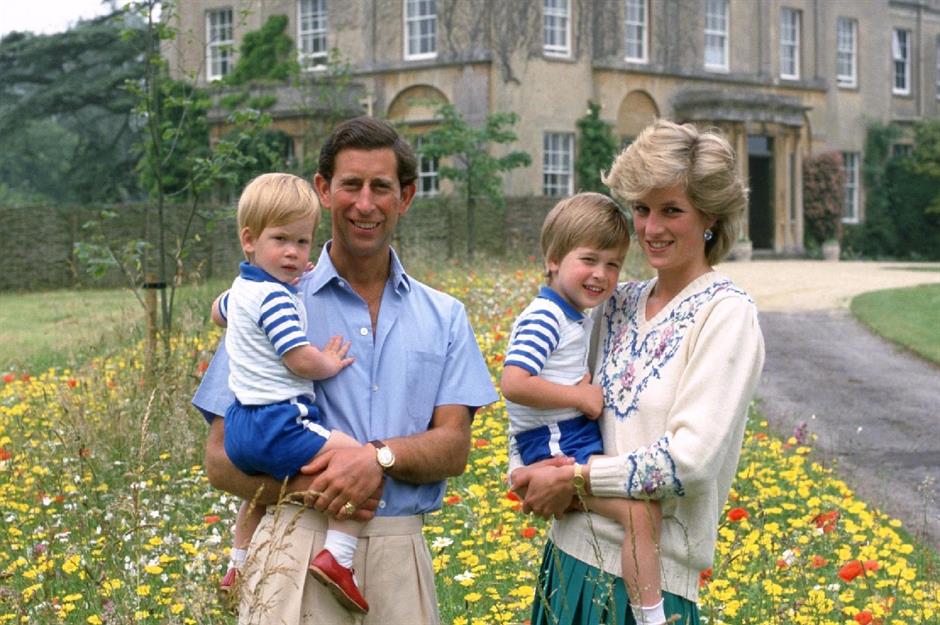
The young princes spent many weekends during their childhood at the 18th-century estate, where they were free to roam in the surrounding countryside.
There are countless pictures of the boys riding their ponies or enjoying themselves in the meadows adjoining the house, like this one taken in July 1986.
Highgrove House, Gloucestershire
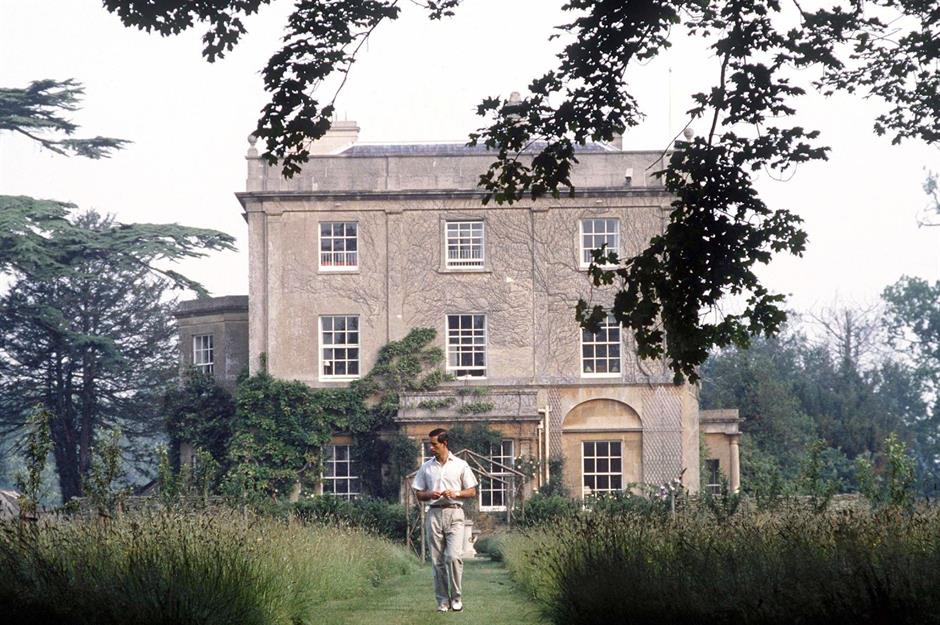
The then-Prince Charles set about creating a showcase organic garden in the estate's 37 acres (15ha) of grounds.
A champion of organic farming and sustainability long before it went mainstream, HRH believes gardening “helps heal damaged souls". His eco-forward additions to Highgrove include a reed-bed sewage system, biomass boilers, ground and air source heat pumps for heating and hot water, plus a rigorous composting system for kitchen waste.
Highgrove House, Gloucestershire
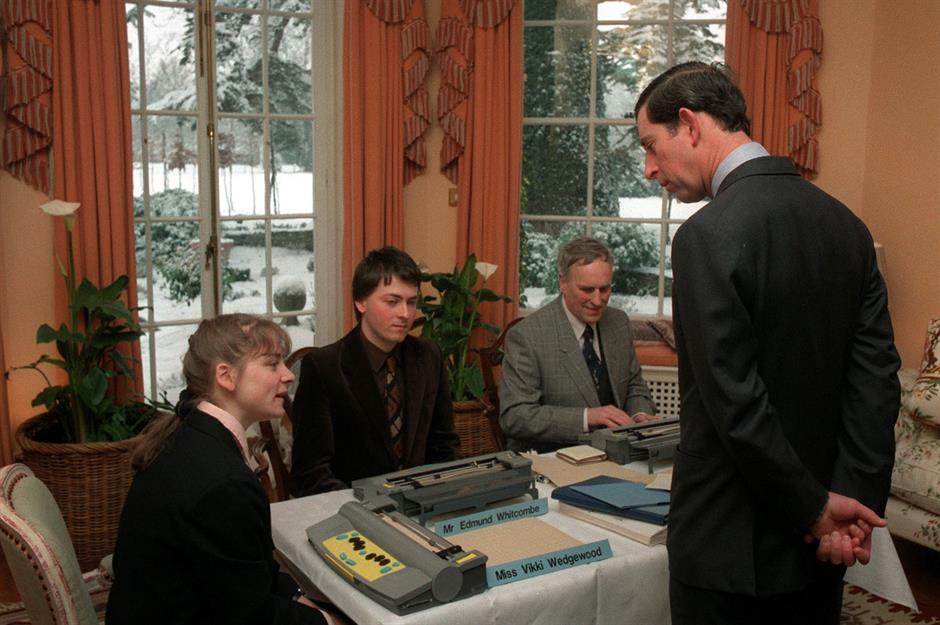
First decorated by Princess Diana's favourite interior designer, Dudley Poplak, the house was remodelled by Charles in 1987 (pictured here with his staff in 1991), who commissioned several neo-classical additions.
Following the divorce of the former Prince Charles and Princess Diana, Camilla Parker-Bowles had the house redecorated, calling on the services of interior designer Robert Kime, who would later revamp the interiors of Clarence House in London.
Birkhall, Aberdeenshire, Scotland
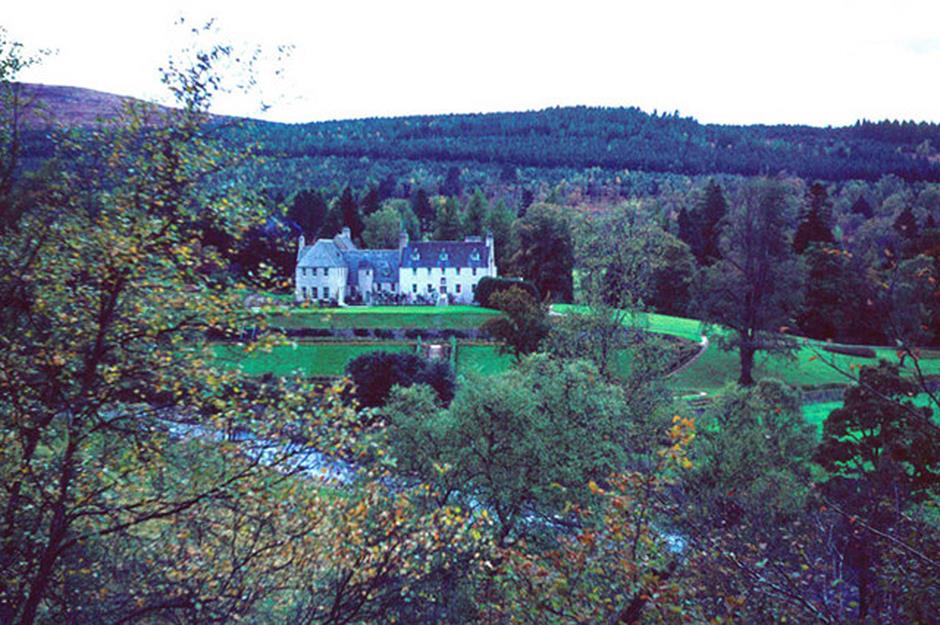
King Charles' private Scottish estate, Birkhall, is situated on the edge of Balmoral in the wilds of Aberdeenshire.
Dating from 1715, the estate, which sprawls over 53,000 acres (21,488ha), was acquired by Prince Albert in 1852 together with Balmoral.
It eventually passed to the Queen Mother, who bequeathed the property to her grandson upon her death in 2002.
Birkhall, Aberdeenshire, Scotland
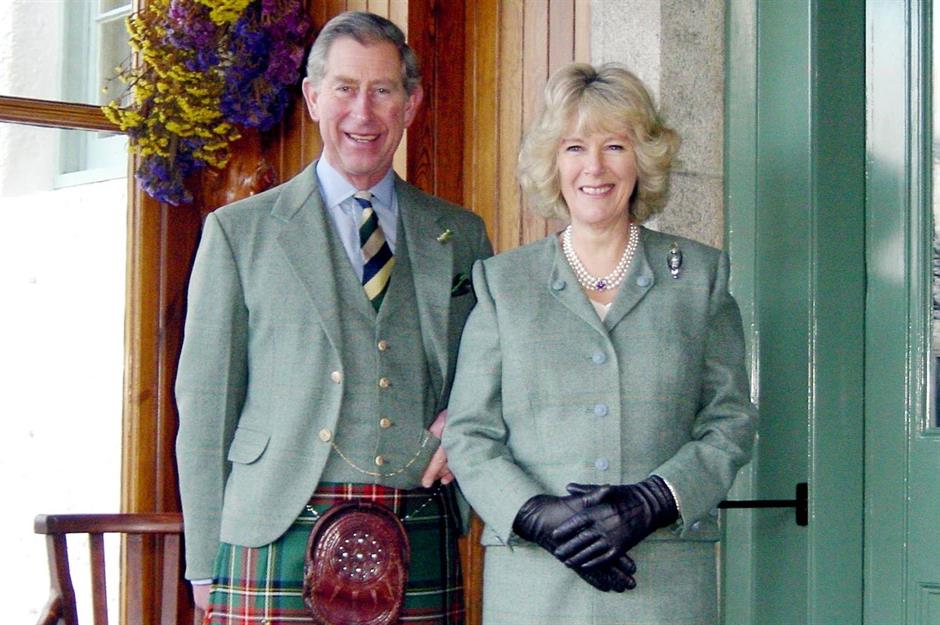
King Charles and Camilla, Queen Consort, spent their honeymoon at the unpretentious pile, which was described by the Queen Mother as "a small big house, or a big small house".
In fact, the charming hunting lodge has hosted six royal honeymoons in total.
Birkhall, Aberdeenshire, Scotland
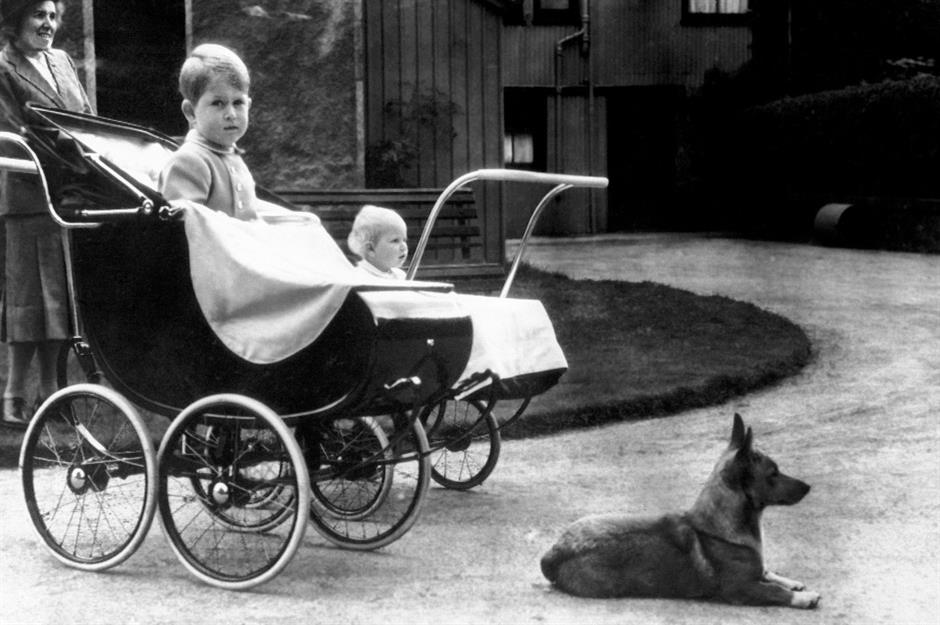
The young former Prince of Wales had adored the property since his first trips there as a child. He is pictured here with his sister, Princess Anne, in 1951.
A sanctuary for Charles during his teenage years, he would visit regularly to escape the horrors of Gordonstoun, the notoriously strict Scottish prep school that Charles once reportedly described as "Colditz in kilts".
Birkhall, Aberdeenshire, Scotland
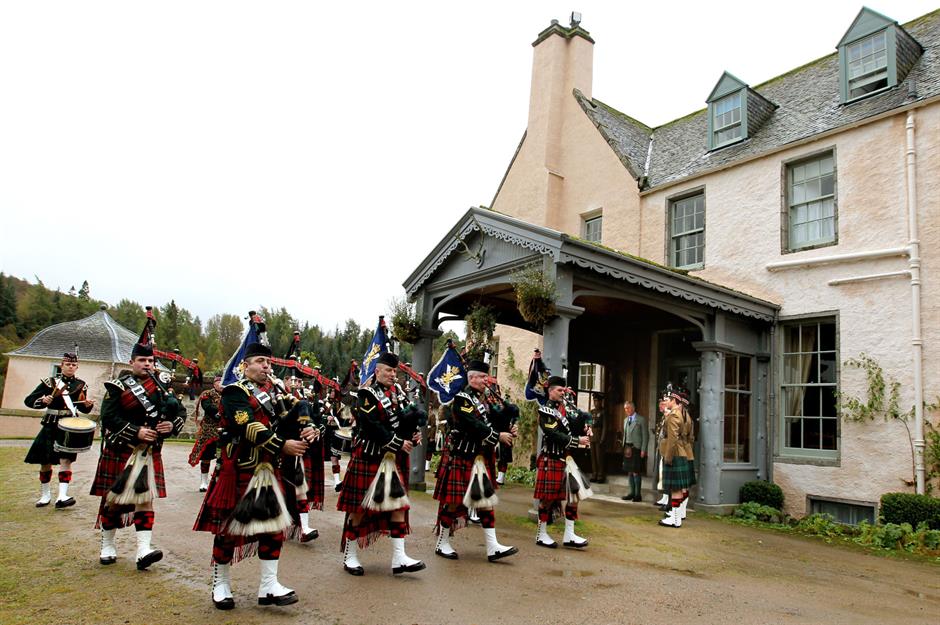
When at Birkhall, Charles is said to spend his time fishing, stalking deer, sketching, and watercolour painting.
Following the Queen Mother's death, Charles and Camilla oversaw a sensitive redecoration of the property, hiring their favourite interior designer Robert Kime for the job.
The house is said to feature Royal Stewart tartan on the floors and walls, plus a number of quirky features, including 11 grandfather clocks in the dining room.
Dumfries House, Ayrshire, Scotland
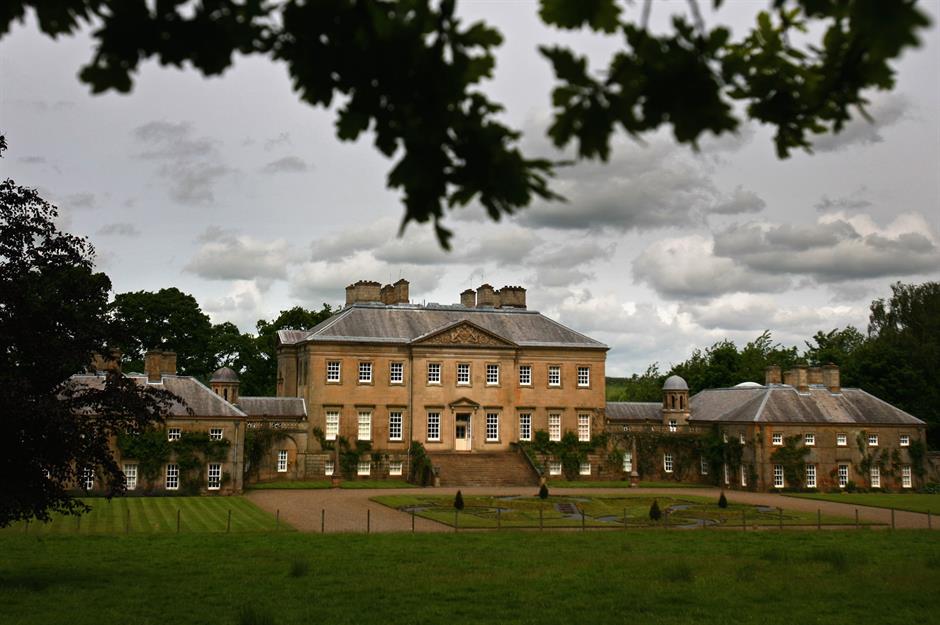
King Charles' love of Scotland led him to save a struggling stately home, Dumfries House.
The magnificent Palladian country house was built in the 1750s for William Dalrymple, 5th Earl of Dumfries, by eminent architects John Adam and Robert Adam.
The property was eventually passed down to John Crichton-Stuart, 7th Marquess of Bute, who struggled to pay for its upkeep and was forced to sell up.
Dumfries House, Ayrshire, Scotland
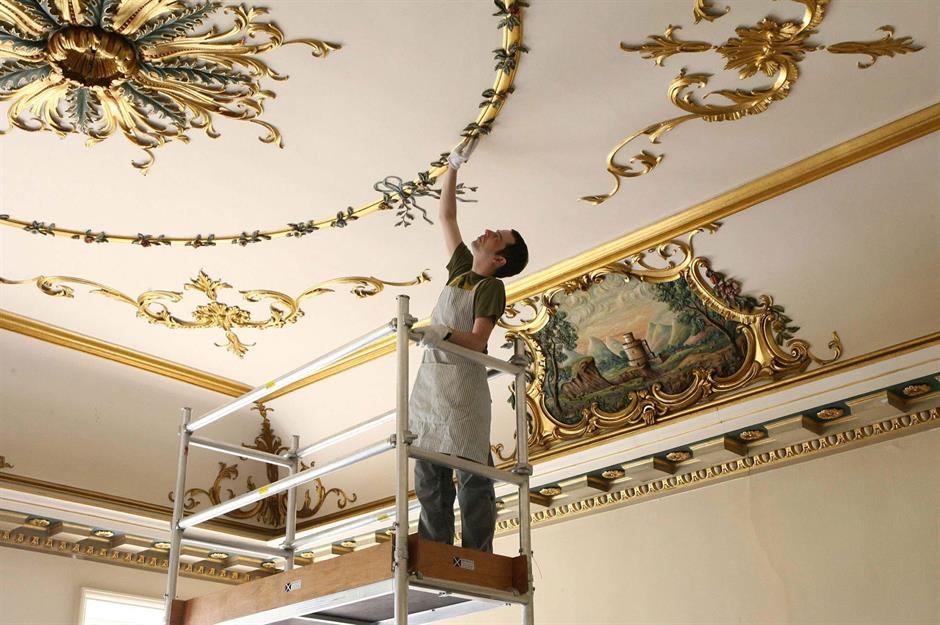
An architectural gem, Dumfries House was purchased for the nation in 2007 by a consortium led by King Charles at a cost of £45 million ($61m), with the monarch putting in £20 million ($27m) from his own charitable foundation's funds.
The stately home was in a poor state of repair when Charles acquired it, and an extensive restoration was carried out not long after the property was purchased.
The house was opened to the public in 2008. The idea is for the estate to be self-sufficient and help regenerate the local economy.
Dumfries House, Ayrshire, Scotland
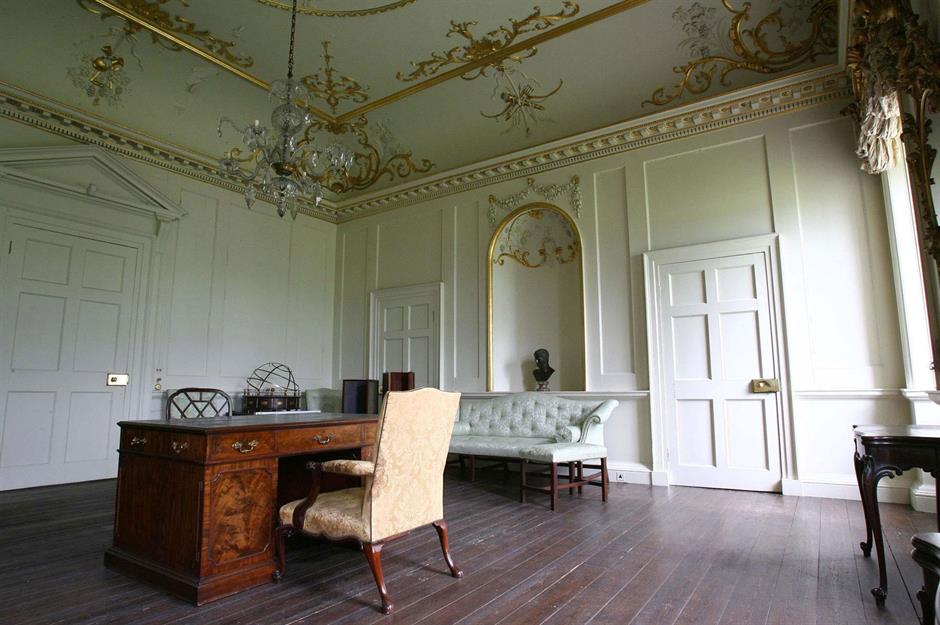
Charles received much praise for saving the estate, and providing the local community in Cumnock with much needed employment opportunities.
As part of the project, an eco-village called Knockroon, similar to the King's experimental new town of Poundbury in Dorset, was undertaken in the grounds of Dumfries House.
This picture shows the mansion's elegant drawing room restored to its former glory.
Dumfries House, Ayrshire, Scotland
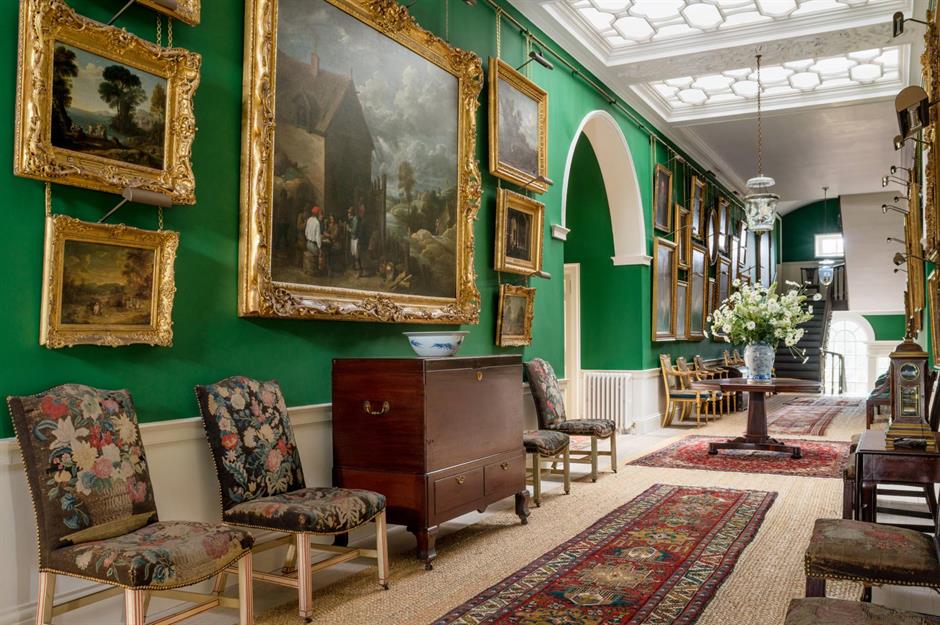
The Picture Gallery on the first floor is home to an impressive art collection, as well as some beautifully carved Thomas Chippendale chairs. The passageway leads to the principal bedrooms where the King and Queen stay when they are in residence.
Chillingly, Queen Camilla is convinced the house was haunted: “It had a really eerie feel about it," she revealed in an ITV documentary: The Real Camilla: HRH the Duchess of Cornwall. “There was definitely a ghost. Without a shadow of a doubt.”
Castle of Mey, Caithness, Scotland
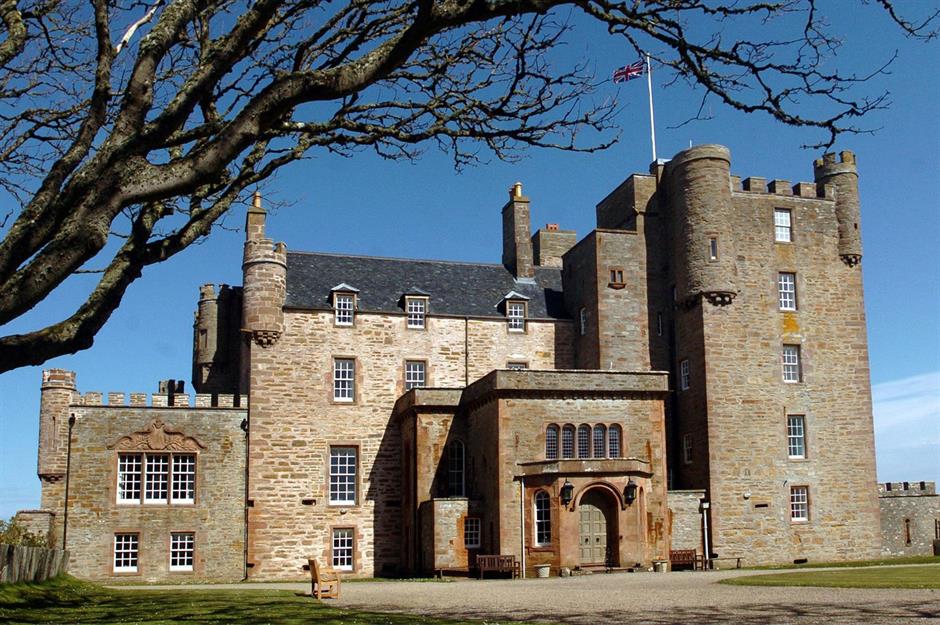
The Castle of Mey is situated in an especially isolated location on the windswept north coast of Scotland.
Featured in the Netflix series The Crown, the castle, which was built between 1566 and 1572 for the 4th Earl of Caithness, was purchased by the Queen Mother in 1952 following the death of her husband King George VI.
Castle of Mey, Caithness, Scotland
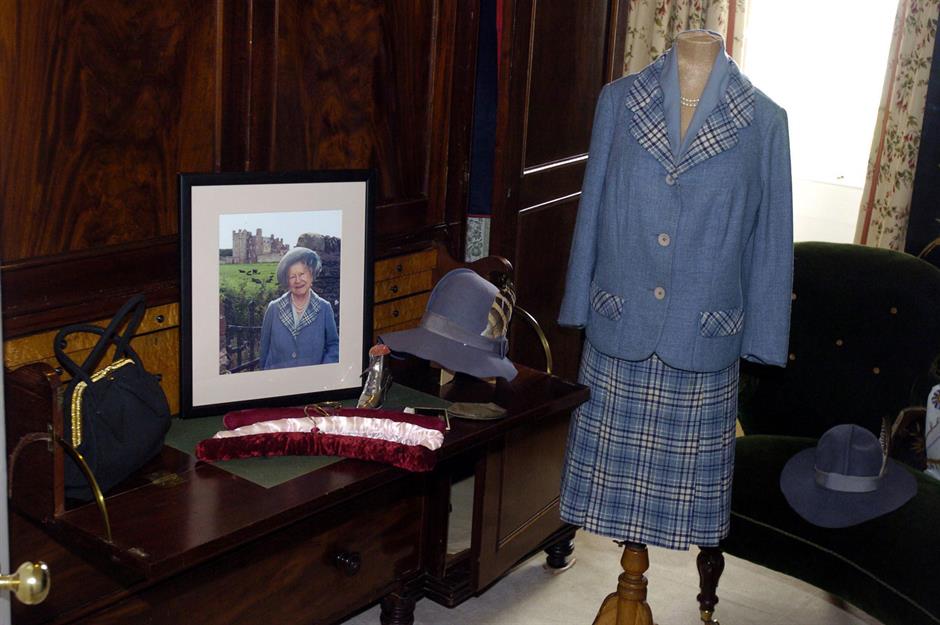
A faraway retreat for the widowed Queen Mother to mourn her late husband, she would escape to the much-loved Castle of Mey every August and October from 1955 until shortly before she died in 2002.
Before moving in, the royal reinstated the original name as it was called Barrogill Castle when she bought it, and restored the building, removing many of the 19th-century additions.
Castle of Mey, Caithness, Scotland
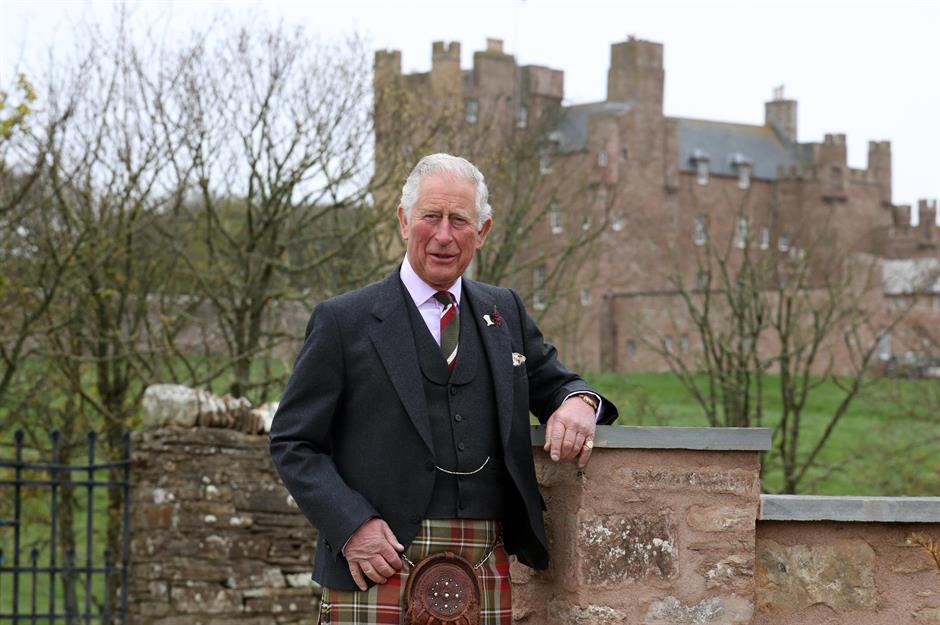
While King Charles doesn't own the castle, it now belongs to the King's Foundation, and he travels there every year in late August with his wife for a 10-day stay.
Remarkable in its remoteness, there is very little to do at the castle aside from playing board games and venturing out for bracing walks.
Fortunately, the King is planning to create a folly and maze in the grounds to attract more visitors, say reports.
Castle of Mey, Caithness, Scotland
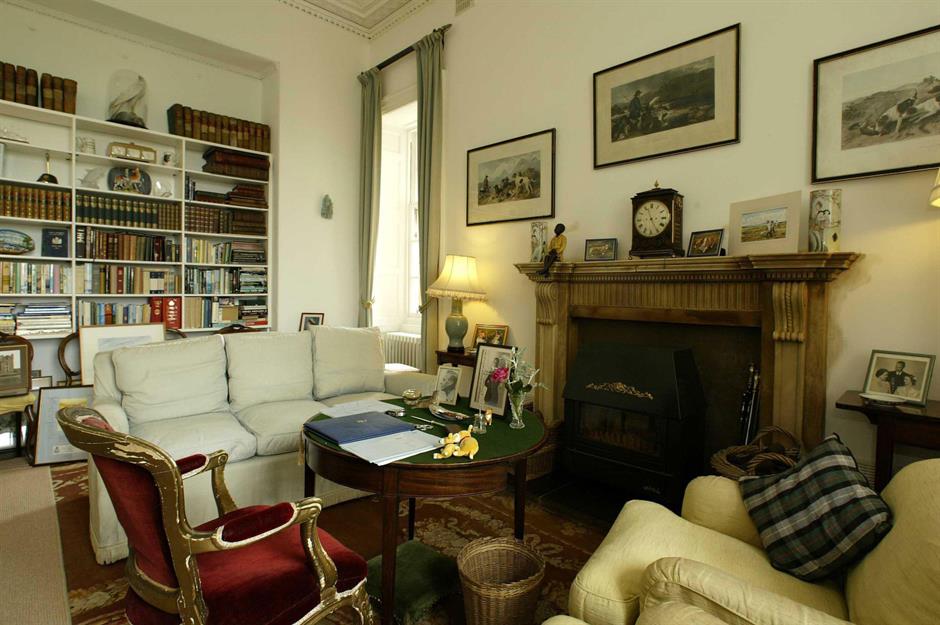
The castle has been popular with other royals too. Prince Harry and Meghan, Duchess of Sussex, enjoyed a romantic break there in 2018.
Whether they encountered the resident ghost is anyone's guess. The castle is rumoured to be haunted by The Green Lady, the ghost of Lady Fanny Sinclair, who is said to have had an affair with a stable hand in the 1880s.
When her father found out, he banished the young man, and the heartbroken Lady Sinclair supposedly took her own life.
Llwynywermod, Carmarthenshire, Wales
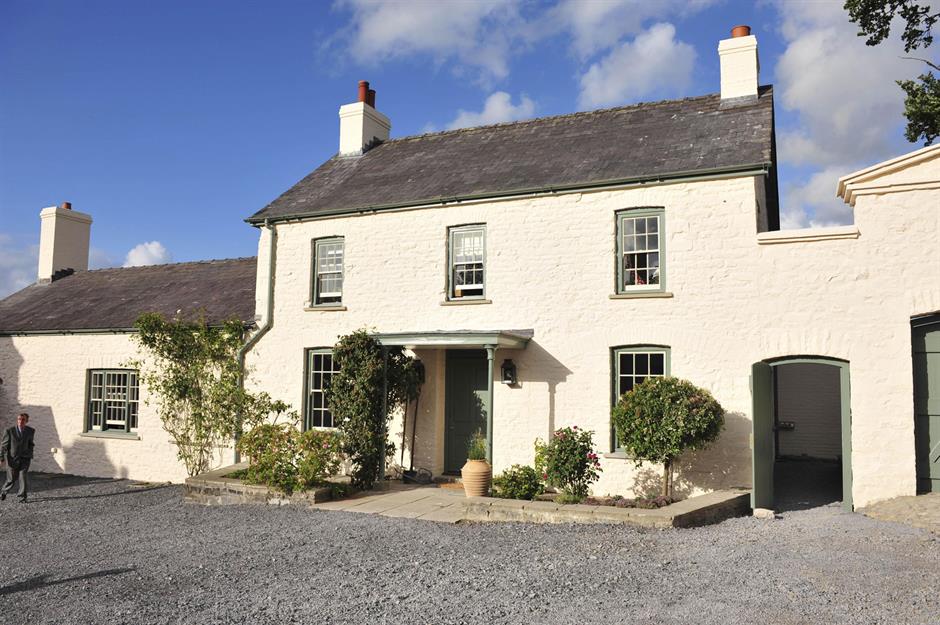
In another effort to streamline the monarchic footprint and reduce the costs of his properties, King Charles III gave up the lease on his Welsh home in 2023.
The king, then prince, bought the 192-acre (78ha) Llwynywermod estate in 2007 for £1.2 million ($1.6m) via the Duchy of Cornwall.
On the edge of the breathtaking Bannau Brycheiniog (Brecon Beacons) mountains in Carmarthenshire, the estate centres around a charming whitewashed farmhouse.
Llwynywermod, Carmarthenshire, Wales
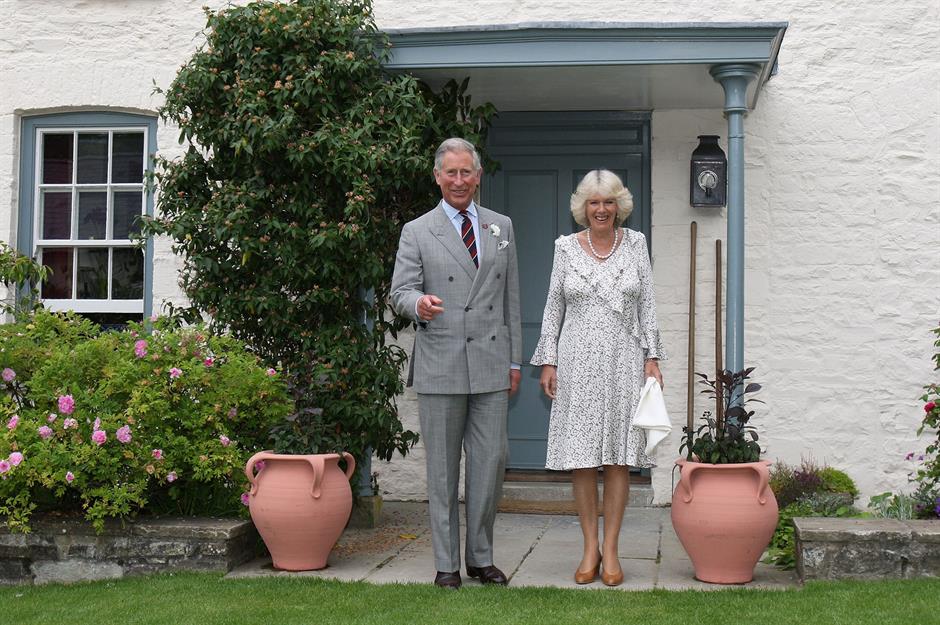
Upon the death of Queen Elizabeth II, the property passed to Prince William, the Prince of Wales, when he inherited the Duchy of Cornwall and King Charles paid rent for the estate thereafter.
The house has a long and illustrious history. It was first owned by another William, William Williams, back in the 13th century, a relative of the ill-fated Anne Boleyn, and it was the seat of the Griffies-Williams baronets until 1877 when the line came to an end.
Llwynywermod, Carmarthenshire, Wales
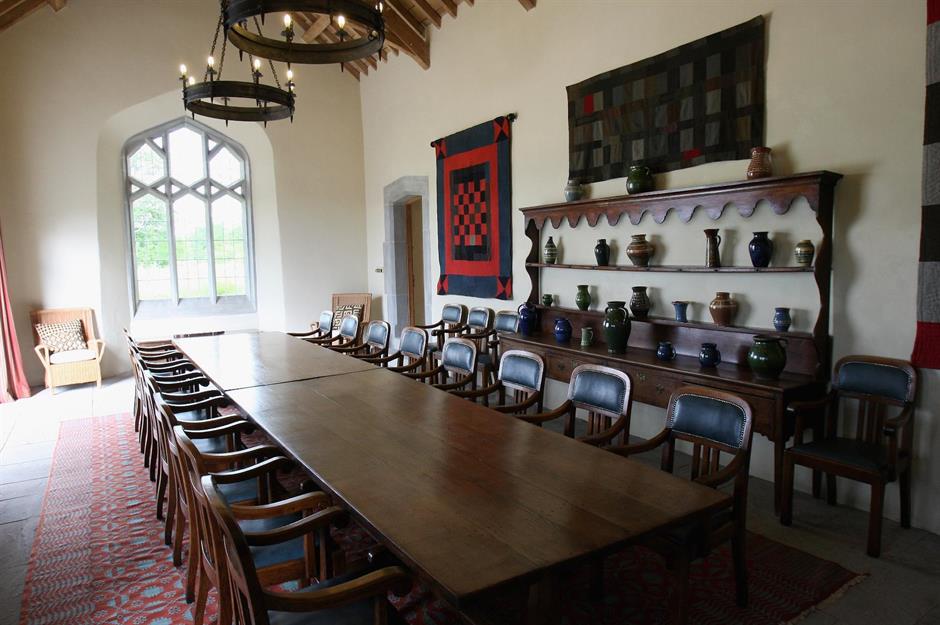
Llwynywermod is actually made up of three cottages, a grade II-listed barn, and the main house.
King Charles hired architect Craig Hamilton to transform the property in tune with his philosophy of sustainability. The project was undertaken with the utmost care and the property’s romantic ruins were preserved, lending an air of mystery to the estate.
Sheep's wool was used to insulate the structure, hemp plaster was daubed on the walls and other traditional materials were employed in the conversion. The king and queen decorated the interiors with Welsh artefacts and artworks by local artists.
Llwynywermod, Carmarthenshire, Wales
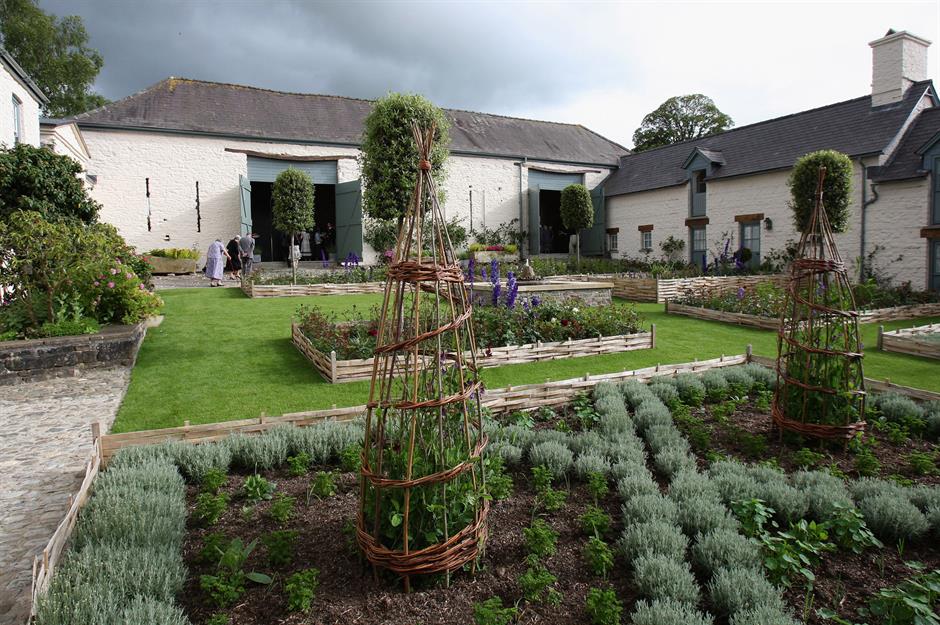
The building has a courtyard garden with a fountain and two small wildflower meadows, one of which contains an apple orchard.
The royal couple's former home was taken over in January 2025 by the Arusha Gallery, a contemporary artspace for workshops and exhibitions.
The property, which will host plant healing retreats, was a haven for the King, who spent some time here following the death of his father, Prince Philip, in 2021.
Tamarisk, Isles of Scilly
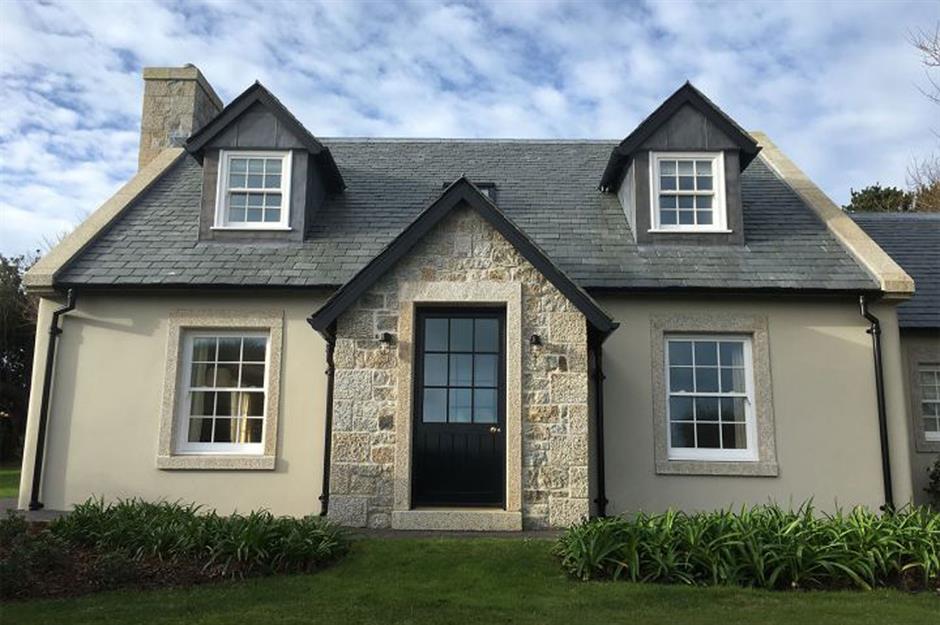
This surprisingly modest four-bedroom bungalow on St Mary's in the Isles of Scilly was 20-year-old Charles' first proper property purchase.
He bagged the compact bachelor pad in 1969 through his Duchy, and spent a royal Christmas there the same year.
It’s been updated since then, and in 2016, the King was granted approval to transform the bungalow into the chocolate box cottage we see today.
Tamarisk, Isles of Scilly
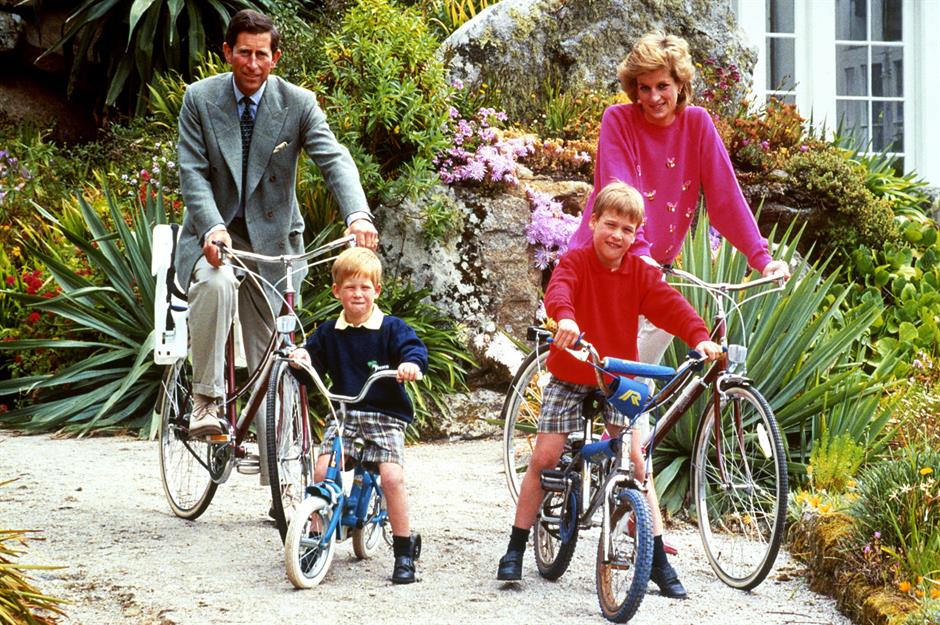
Before their separation, Prince Charles and Princess Diana often spent holidays in the Scilly Isles, although they stayed in neighbouring Tamarisk, as the bungalow was too small for them.
Here they are in 1989 heading off for a bike ride together.
The property was named after the tamarisk shrubs that encircle it. Rare on the mainland, these plants thrive in the Isles' sub-tropical climate.
Tamarisk, Isles of Scilly
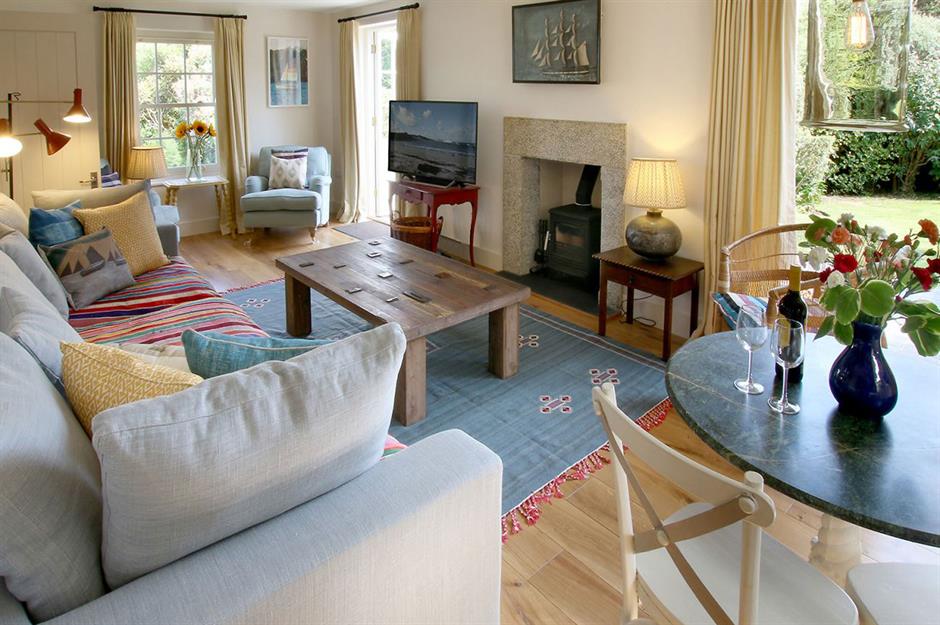
Situated on the historic Garrison, just outside Hugh Town, the largest village on the island, Tamarisk House has panoramic sea views and is now available to rent with Duchy of Cornwall Holiday Cottages.
In addition to the tastefully decorated sitting room, the cottage has a modern kitchen and dining area, and a fireplace for those chillier evenings.
Tamarisk, Isles of Scilly
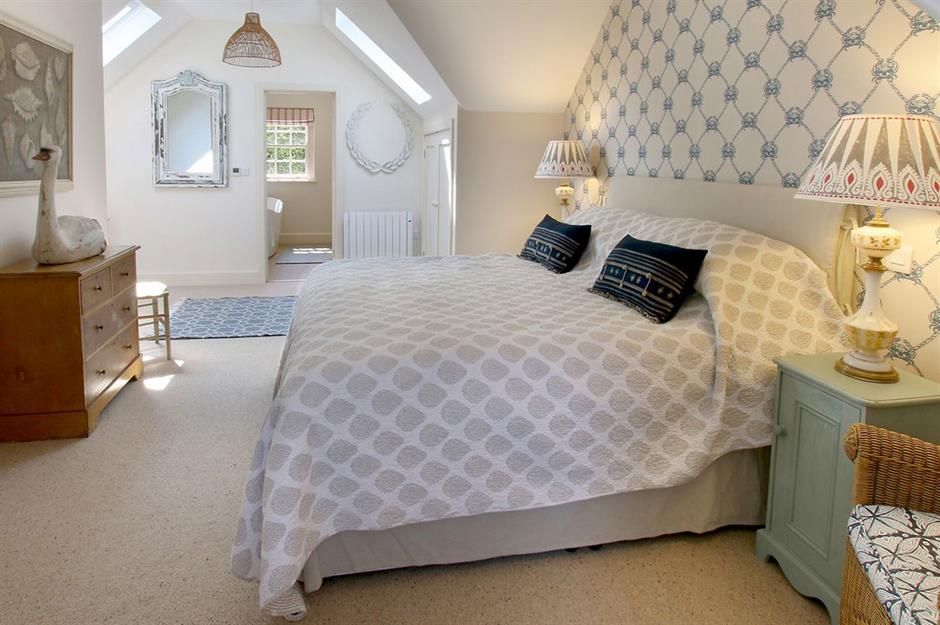
The understated luxury carries into the cottage's four bedrooms, with their high-end Egyptian cotton bed linen. All this doesn't come cheap, however. A seven-night stay costs around £5,000 ($6.8k) in high season.
The Scilly Isles are still a favourite with the King. He took the Queen there shortly after they were married, and stayed at Dolphin House on Tresco in 2021, where the Prince and Princess of Wales spent a family holiday in 2019.
Transylvanian estate, Zalanpatak, Romania
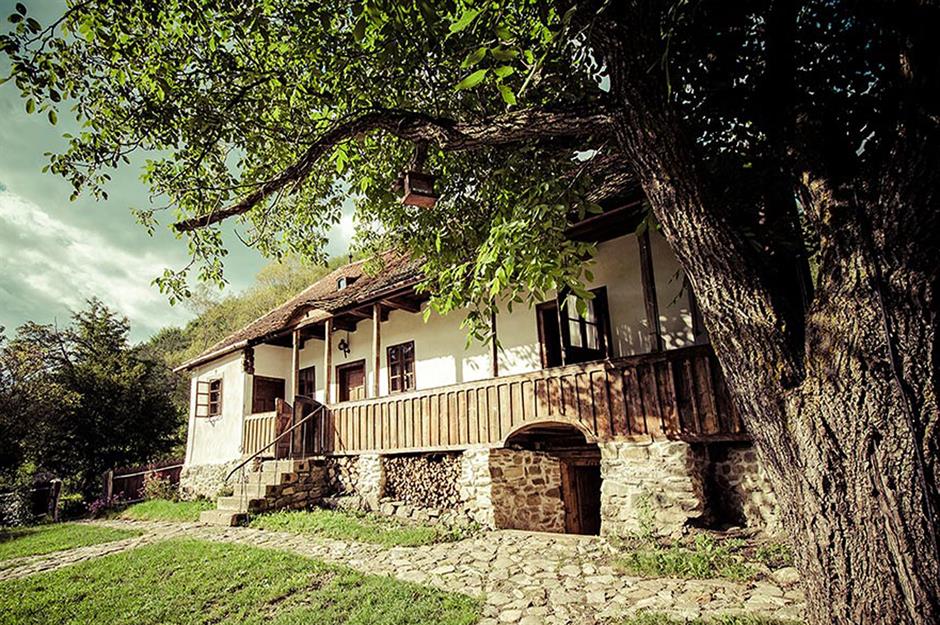
Famed for its association with Count Dracula and brutal real-life ruler Vlad the Impaler, Transylvania is one of King Charles' favourite holiday destinations.
The former Prince visited the region of Romania in 1998, not long after the death of Diana, and was smitten with the place, so much so that he went on to buy two properties there.
Transylvanian estate, Zalanpatak, Romania
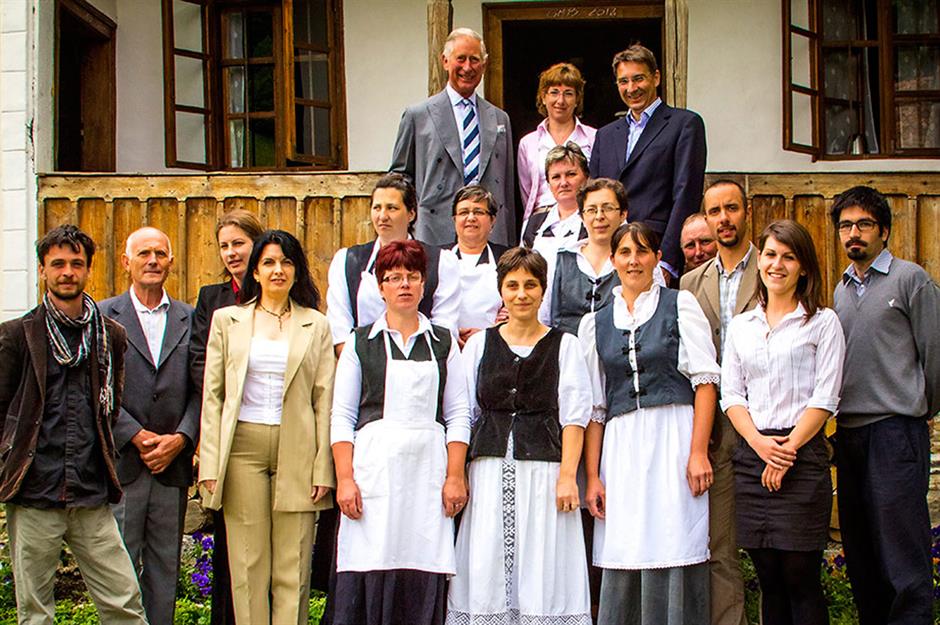
The pair of properties is looked after by the King's close friend Count Kálnoky.
Charles acquired his first Transylvanian home in 2006 in the Saxon village of Viscri. He followed up the purchase in 2010 by buying this cottage in Zalanpatak for the rumoured price of £12,000 ($16.3k), which he restored. The former Prince is pictured here with the Count and his staff.
Transylvanian estate, Zalanpatak, Romania
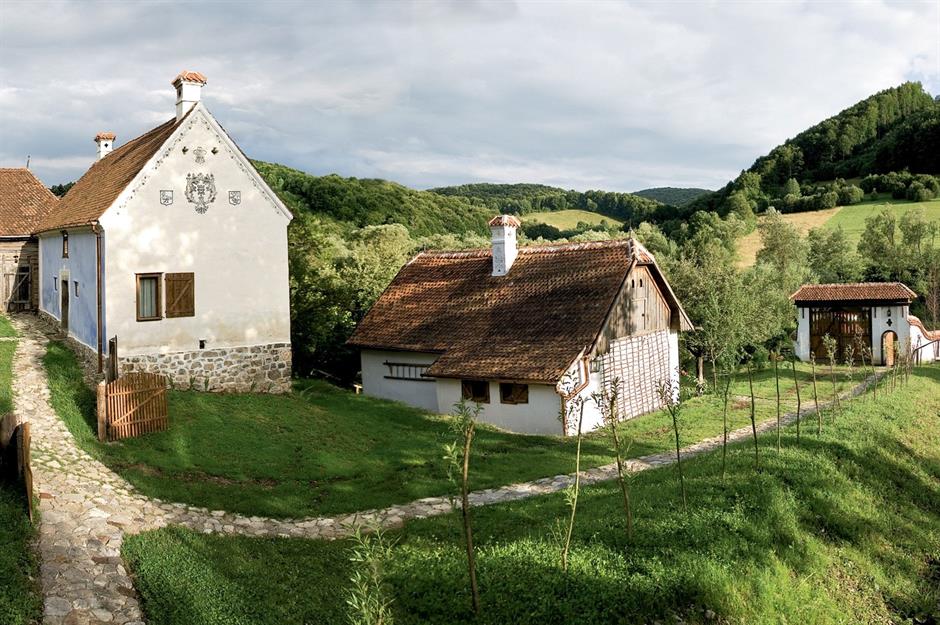
King Charles has been known to stay at the cottages when he visits Romania, but for the rest of the year they are rented out to holidaymakers.
Like the other renovation projects the royal has been involved with, the properties have been sensitively restored using authentic construction methods and traditional, locally sourced materials.
Transylvanian estate, Zalanpatak, Romania
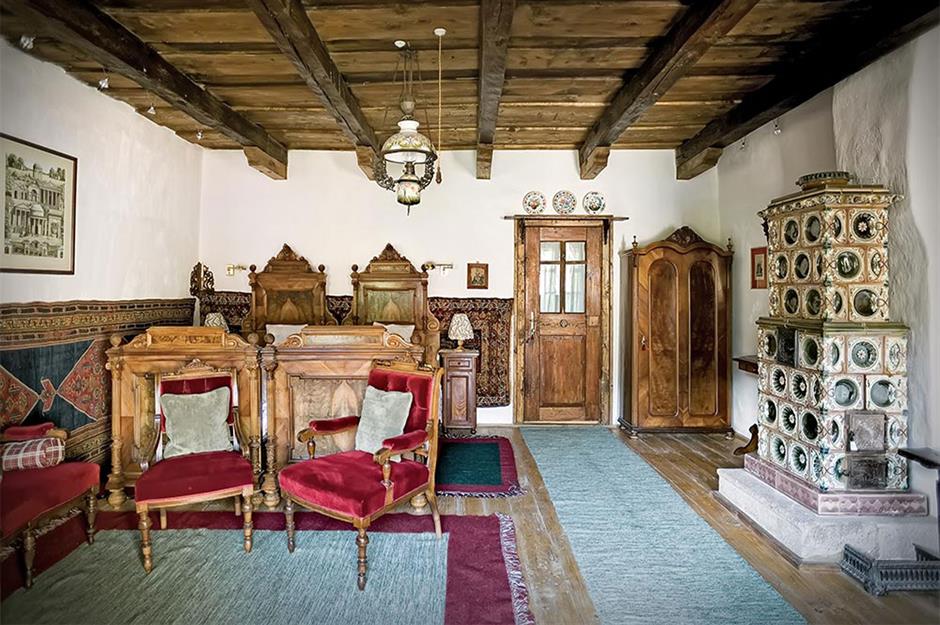
The regally named Prince's Room is the most opulent, and said to be where the King sleeps when he is in town.
The spacious bedroom wows with a carved king-sized twin bed, which is adorned with heritage textiles that were hand-picked by the count and his staff.
Best of all you can even rent it for around £213 ($290) a night full board in high season when the King is not in residence.
Loved this? Follow us on Facebook for more royal home tours
Comments
Be the first to comment
Do you want to comment on this article? You need to be signed in for this feature